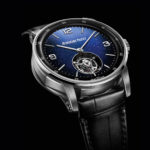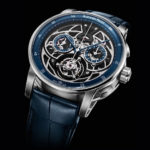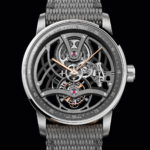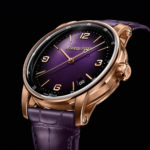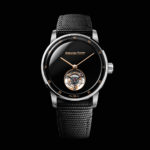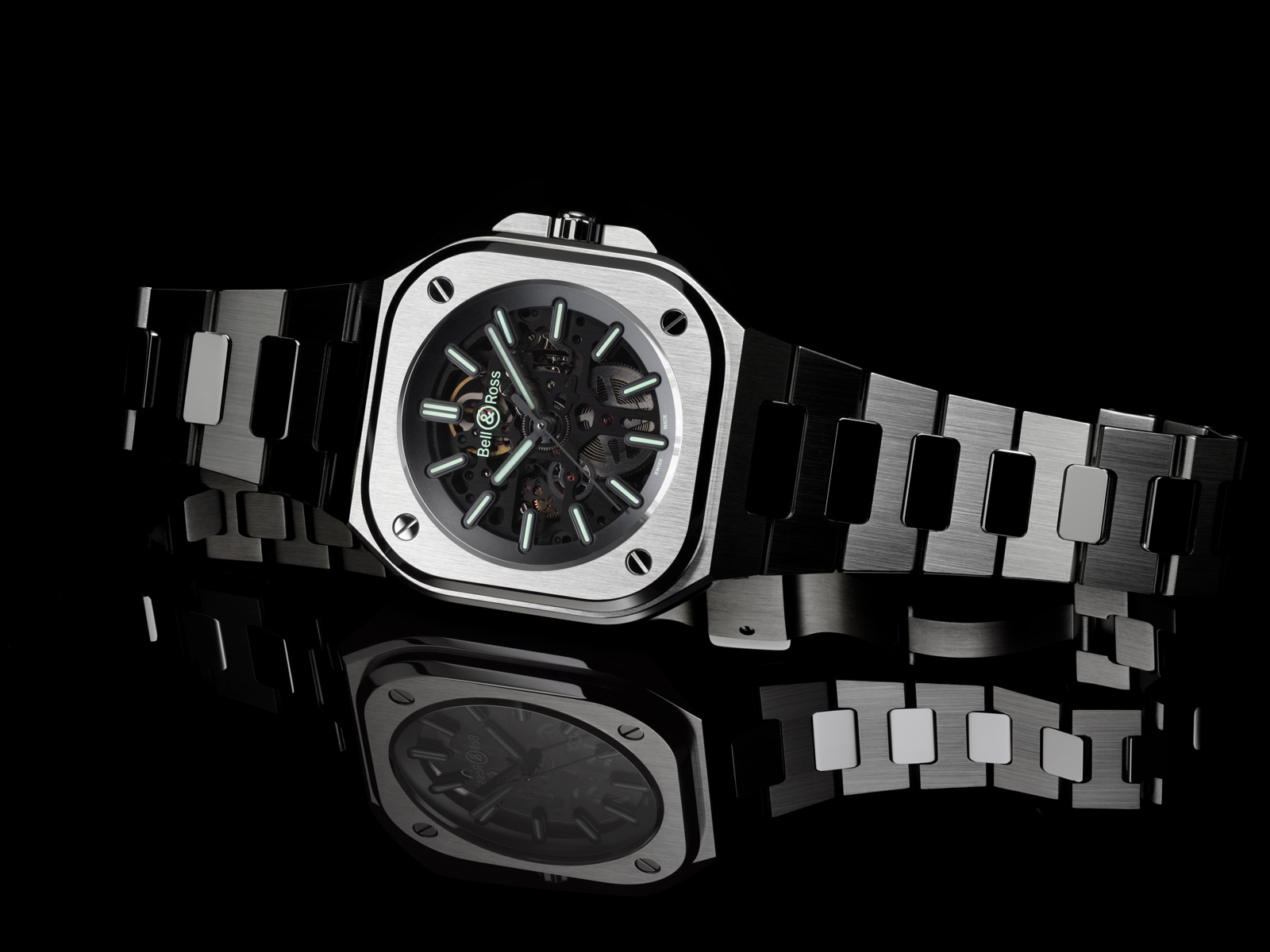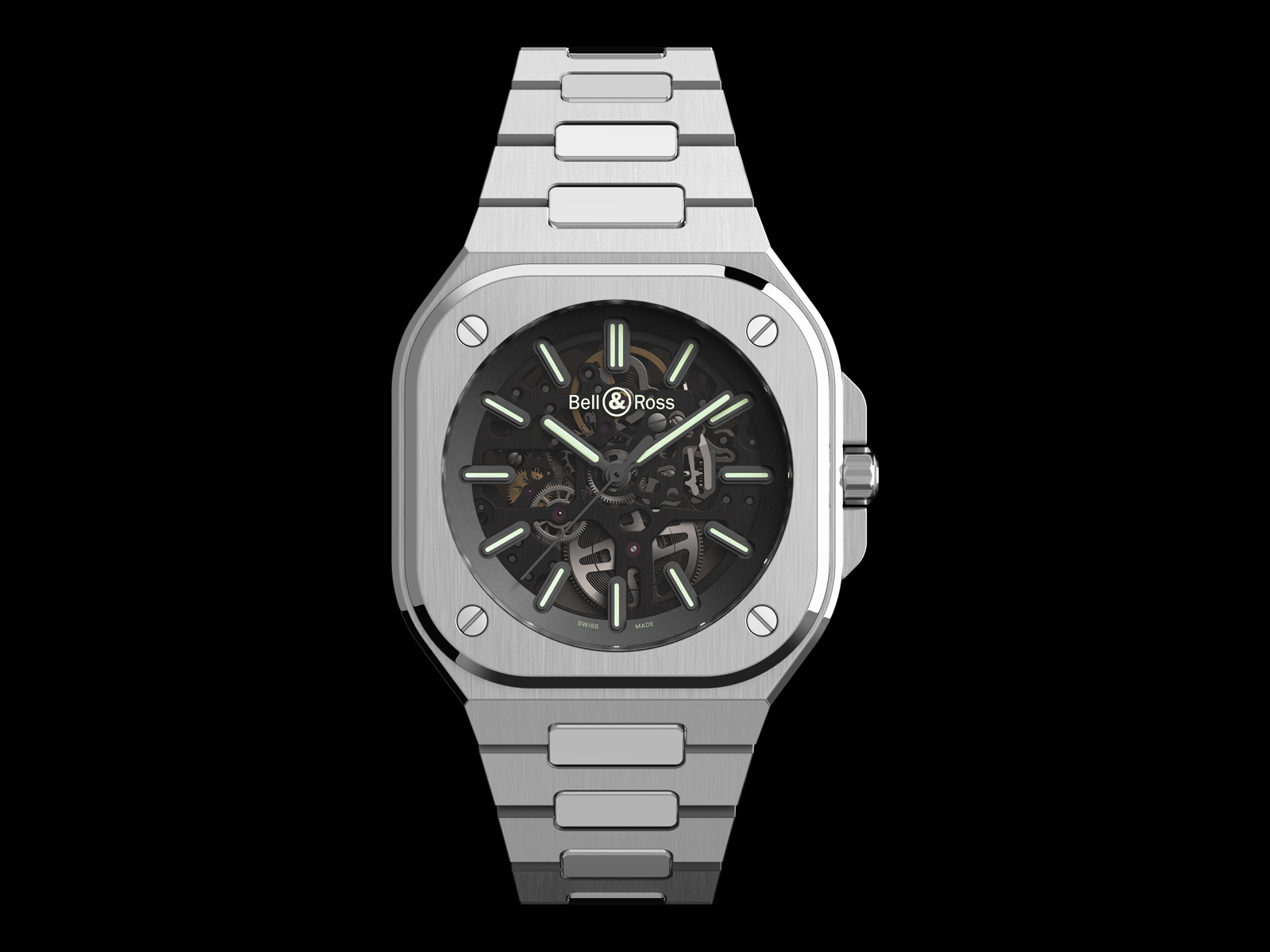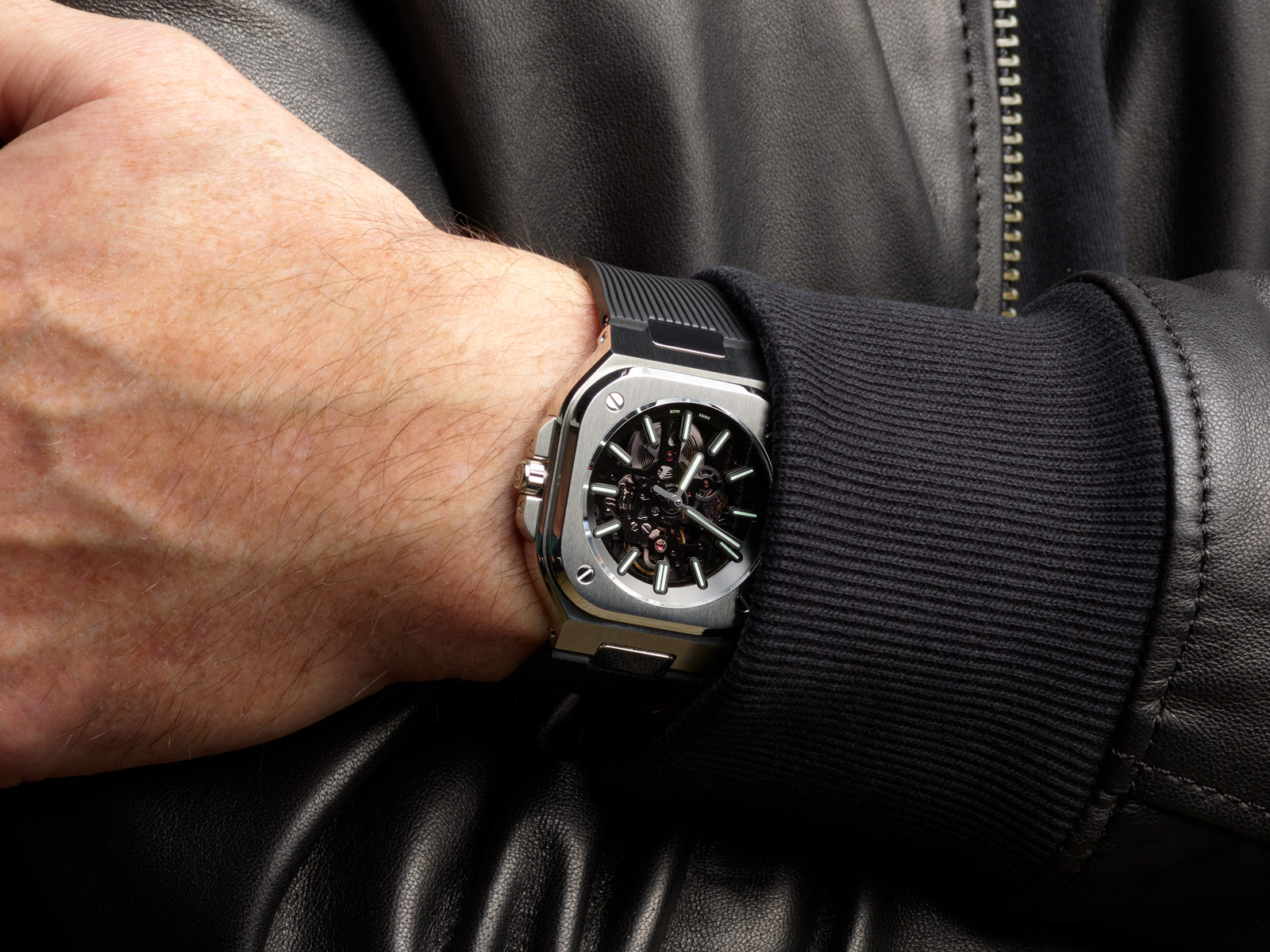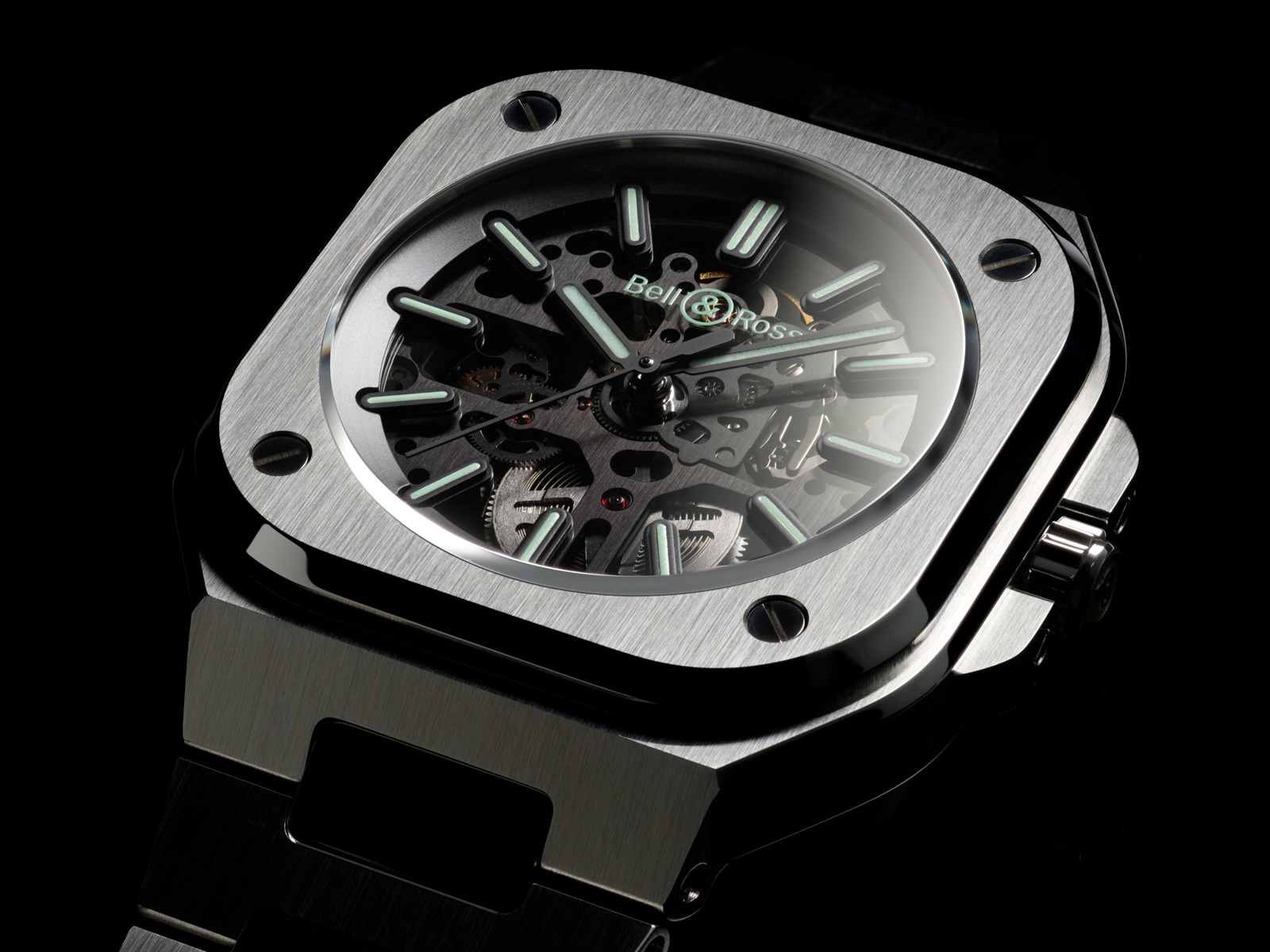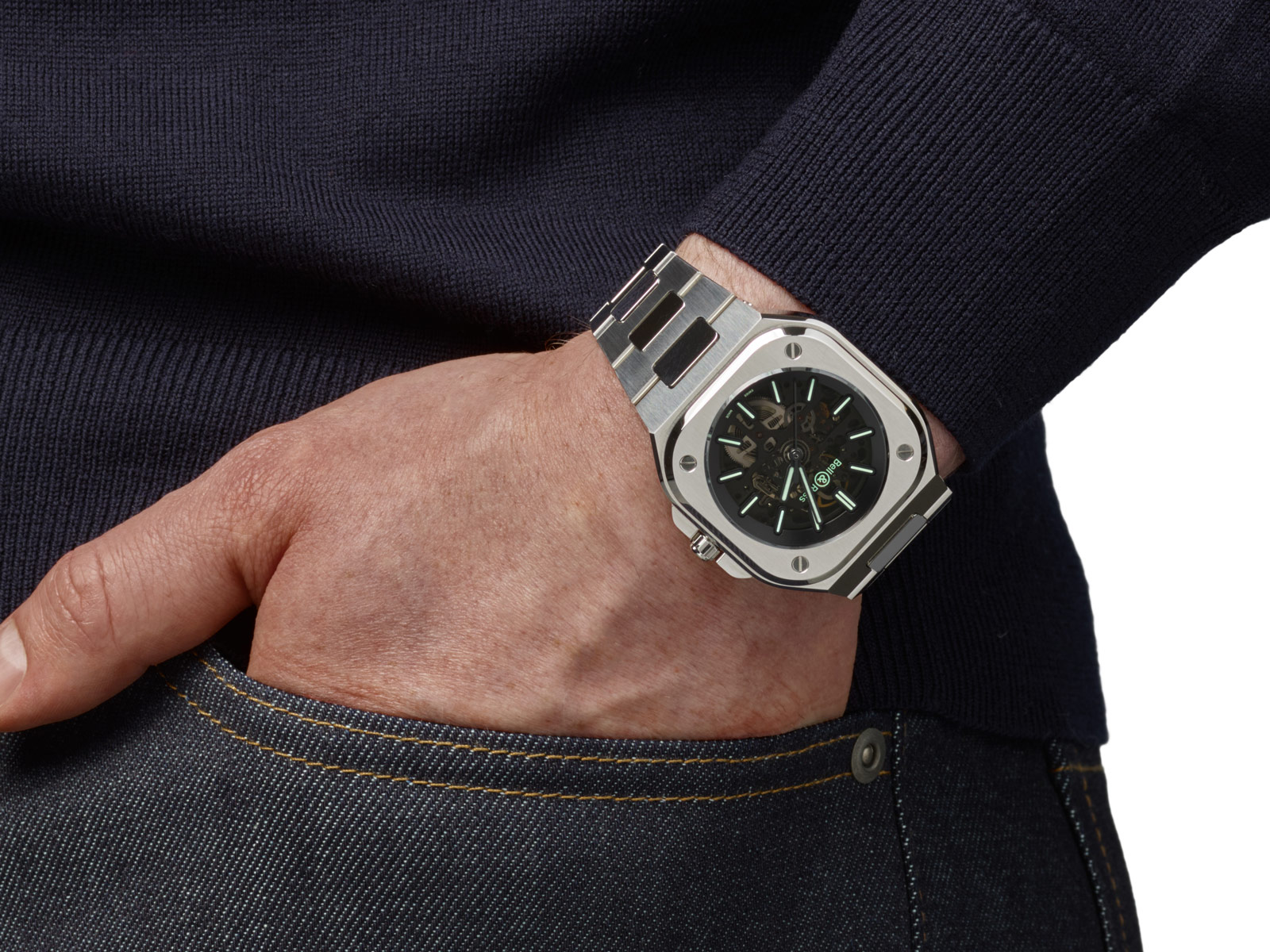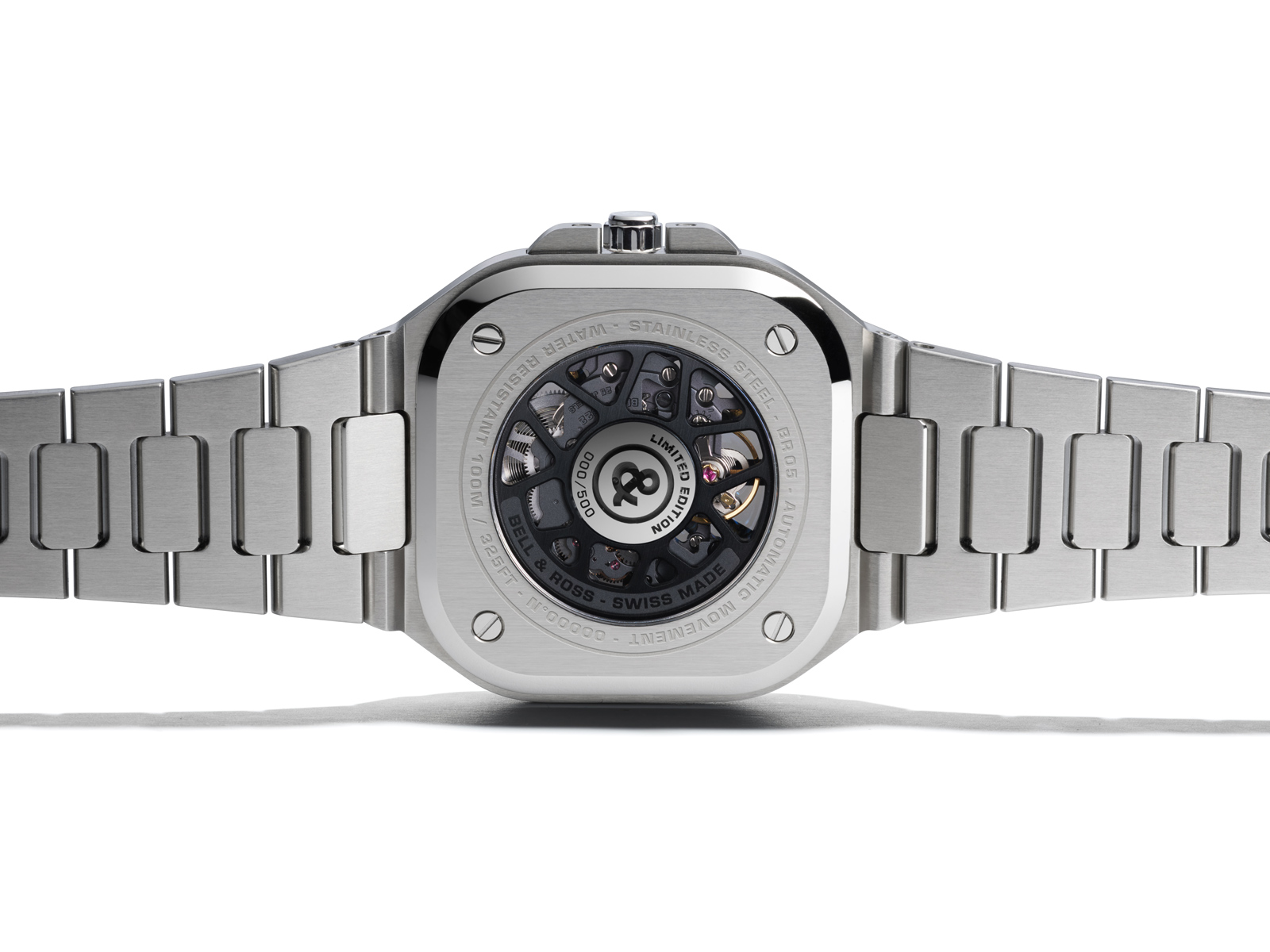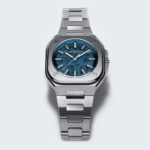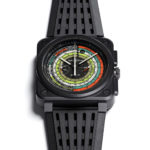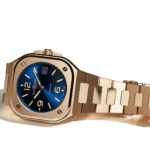Up Close: Audemars Piguet Code 11.59 Selfwinding Flying Tourbillon Chronograph
Going all out.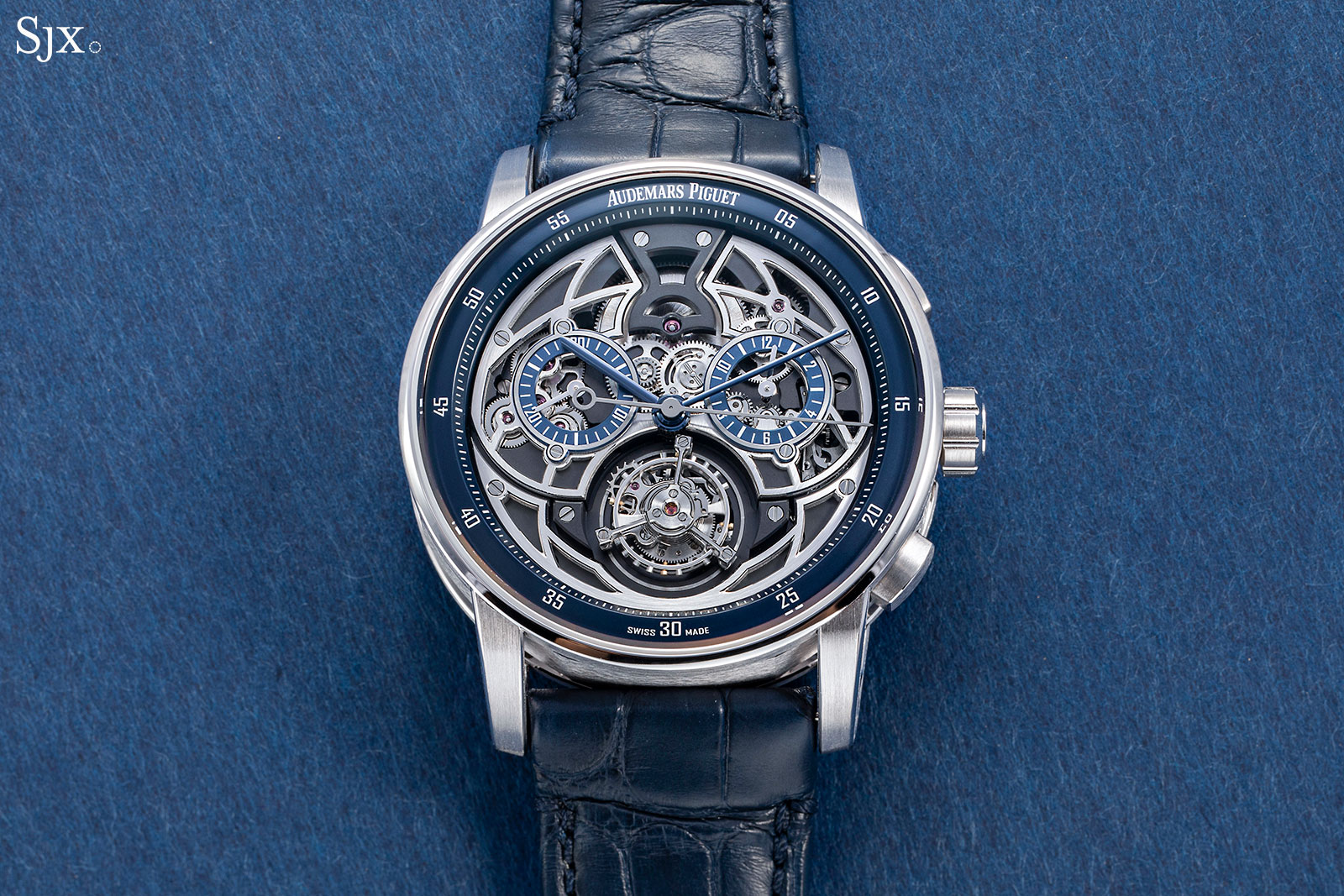
Launched just last year, the Code 11.59 Selfwinding Flying Tourbillon Chronograph is the flagship model in Audemars Piguet’s oft-discussed line of run watches. Executed well in almost every way, the Code 11.59 Tourbillon Chronograph underscores the potential of the family.
But more importantly, the watch encapsulates AP’s strengths. Despite being known largely for the Royal Oak, and widely criticised for the Code 11.59 and then the Royal Oak Concept Black Panther, AP remains AP. The brand is a long-established, top-tier watchmaker that knows how to make fine watches. That is amply evident in the Code 11.59 Tourbillon Chronograph.
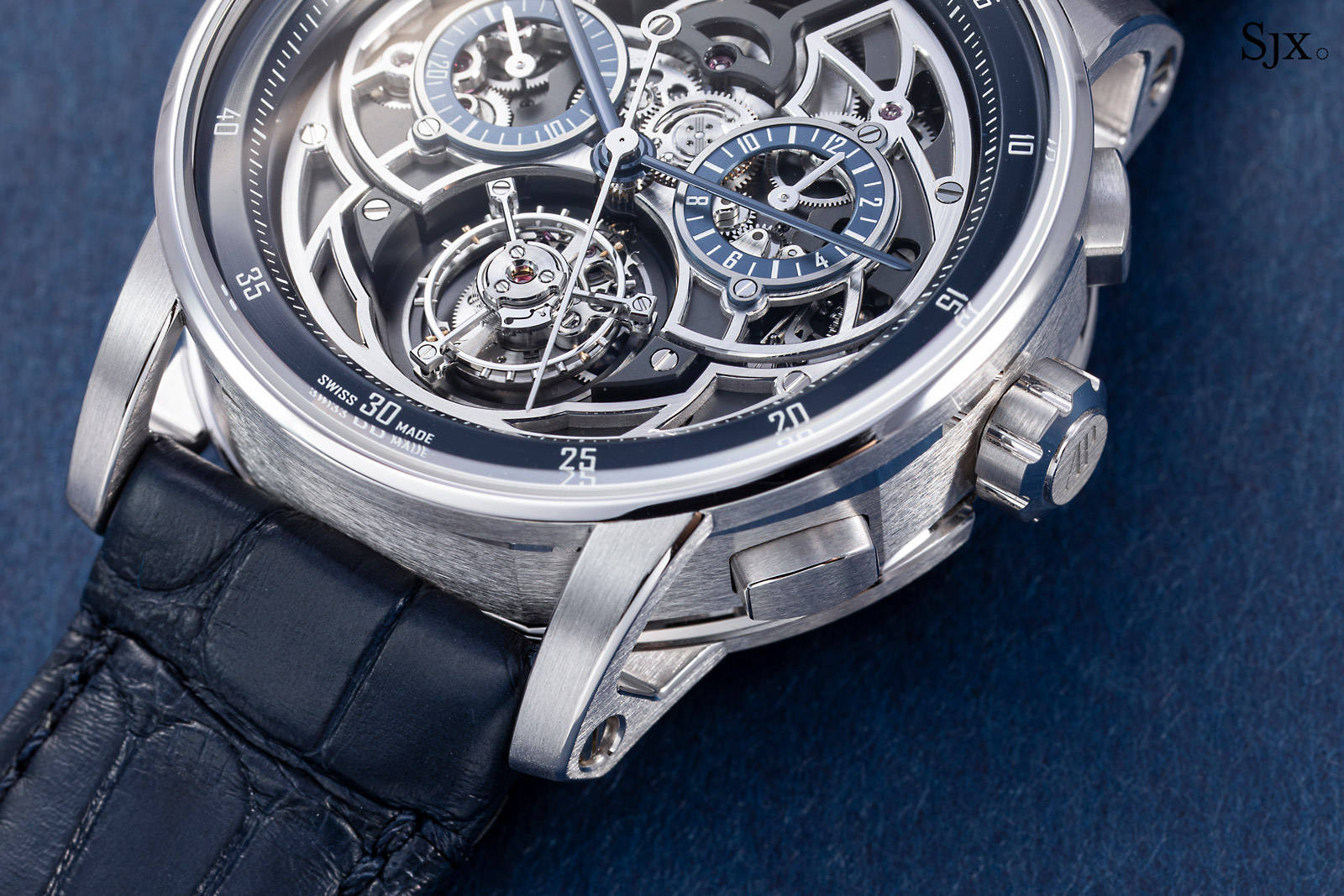
Initial thoughts
The Code 11.59 was widely panned online at launch, though the virtual mob’s rage was overdone, taking the weakness of specific models and generalising it across the entire line. The dials on the three-hander and chronograph were bland, but the other models were more appealing.
But the Code is in fact an impressive collection in terms of finish and construction – though some dials still can be improved – especially the octagon-within-a-circle case that’s difficult to appreciate in photos.
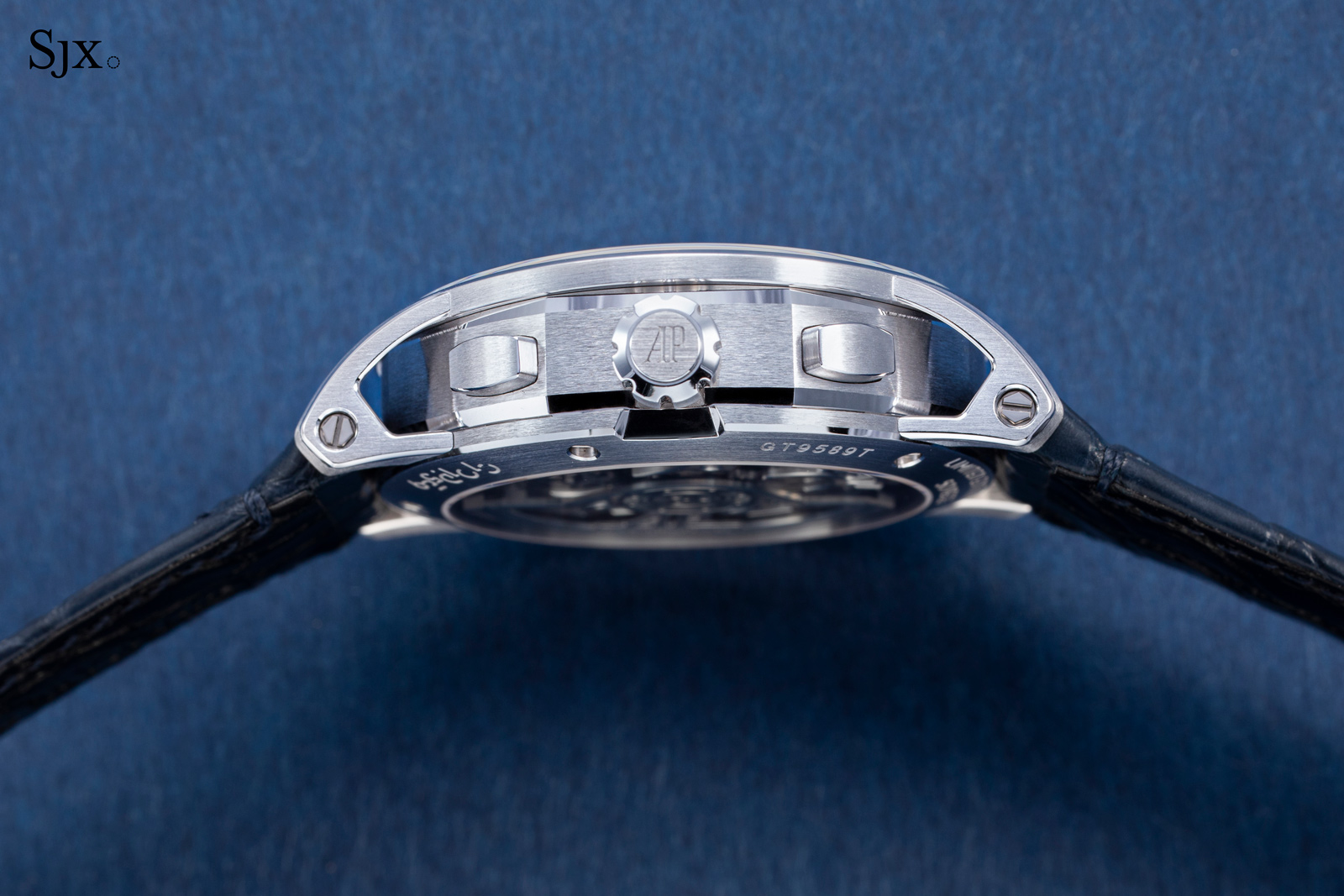
But the Code 11.59 has gained traction since, especially with the subsequent facelifts that combined smoked, lacquered dials and two-tone cases that immediately made the watch more attractive.
At the same time, highly complicated models have joined the line up, including the open-worked tourbillon and Grande Sonnerie, which add to the technical credentials of the Code 11.59. And there’s the practical matter that the Royal Oak, in almost any variant, is difficult to obtain, which means that some customers are turning to alternatives.
And the Tourbillon Chronograph is a prime example of the Code 11.59 done right. It avoids the biggest pitfall of the design by doing away with a dial, and instead open-works the base plate to reveal the movement in all its glory.
And the skeleton movement is an impressive feat in itself. The architecture indicates the movement was designed from ground-up as a skeletonised calibre, instead of being retroactively open-worked as many such movements are. And no expense was spared with its decoration – illustrated by the numerous inward and outward angles along the bevels of the bridges that are mirror polished with traditional Gentian wood.
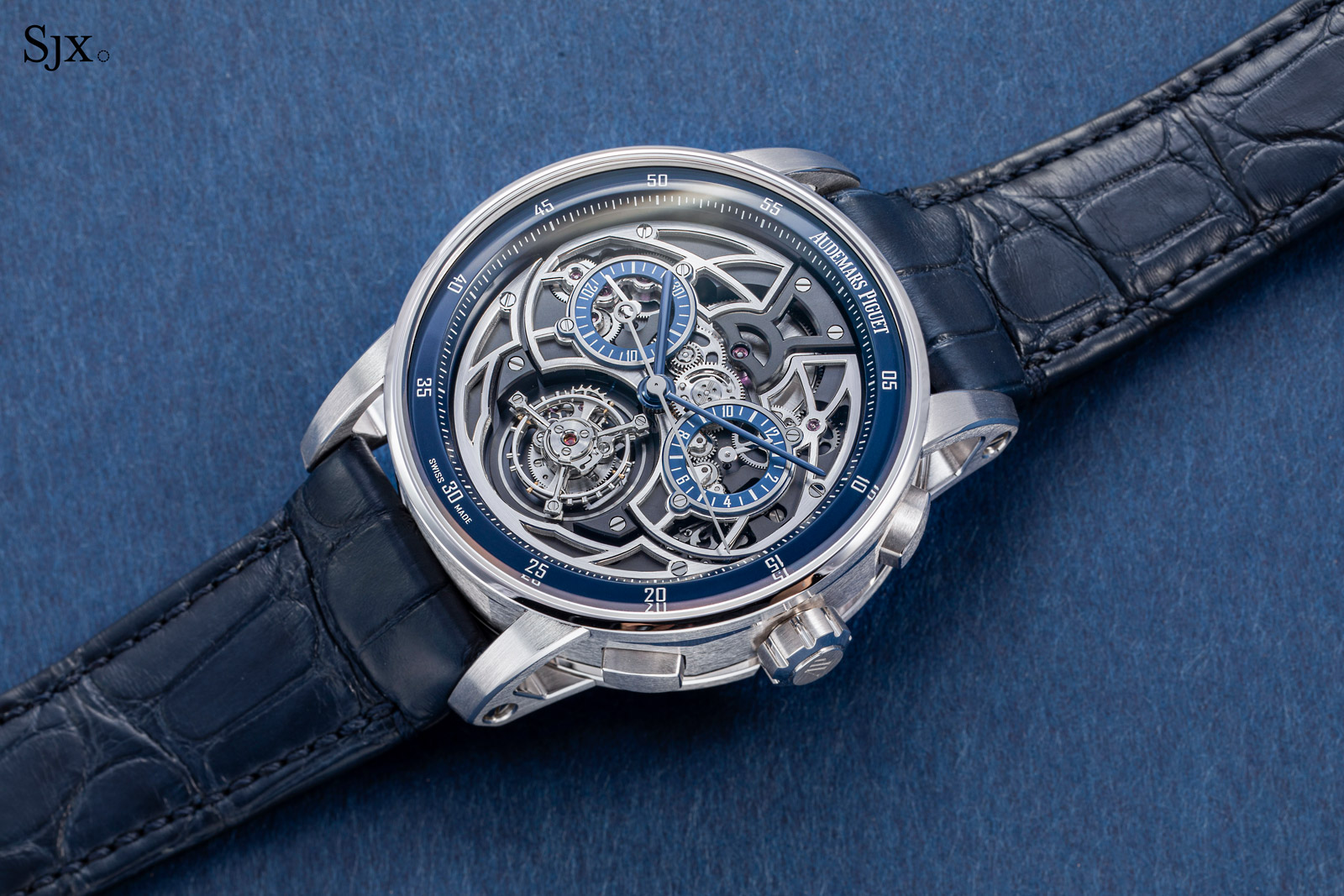
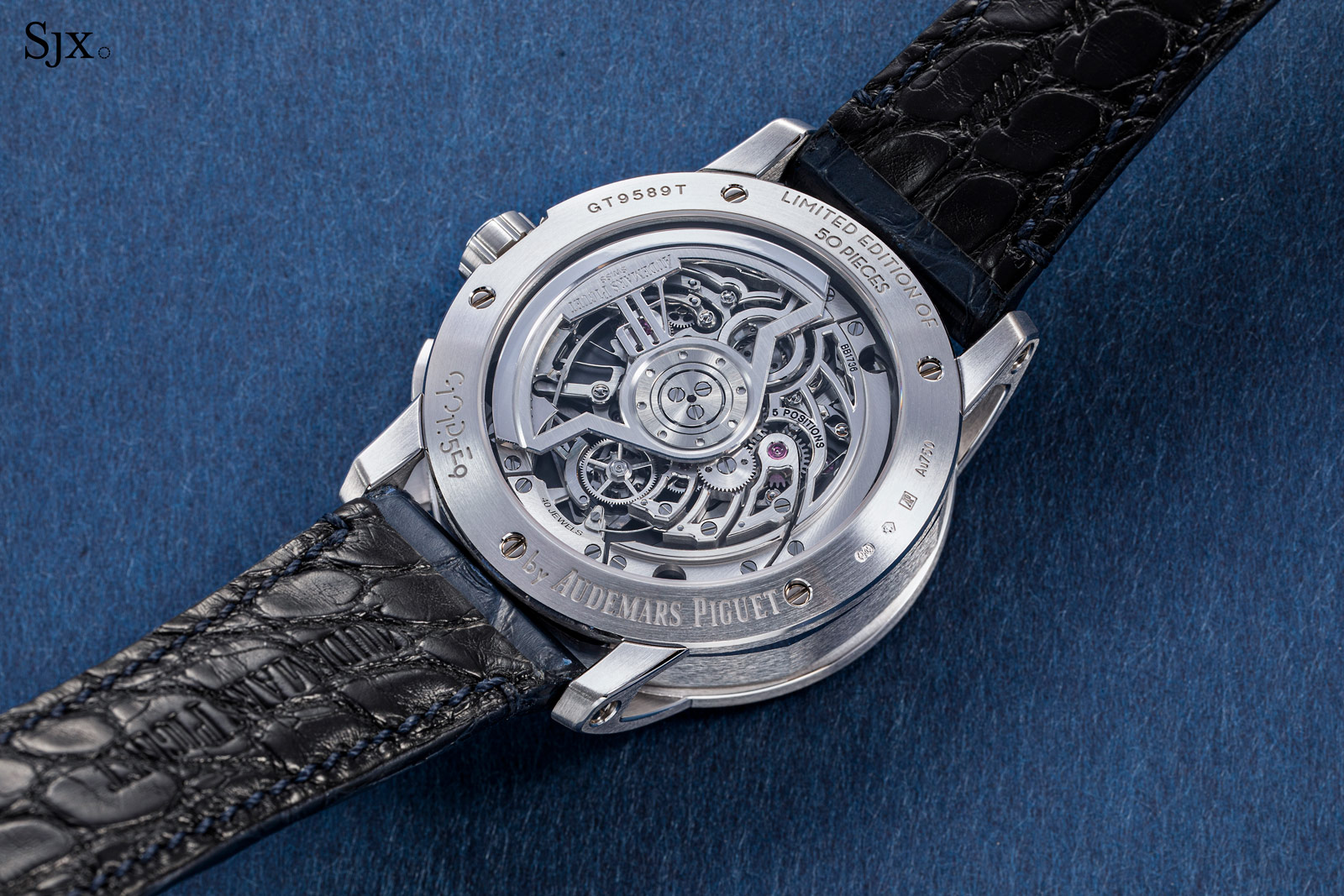
I find the Tourbillon Chronograph, and the entire Code 11.59 family more broadly, allows AP to differentiate itself from its rivals. While most of its peers at level of watchmaking typically practice traditional high-end watchmaking in terms of style, AP is clearly embracing modernity while still retaining traditional artisanal crafts.
White gold and blue
The case is 41 mm wide like all other Code 11.59 models, but thicker at 13.75 mm because of the complications. While the simpler Code 11.59 models feel slightly too large with such dimensions – especially the time-only model – the Tourbillon Chronograph feels just right given its complexity.
Essentially a sandwich of a round bezel and back with an octagonal case middle, the intricate case construction and finishing is now familiar, as we have explored that aspect of the watch in detail in several past articles. Therefore, the highlight of the Tourbillon Chronograph is the dial and movement, which are actually one and the same.
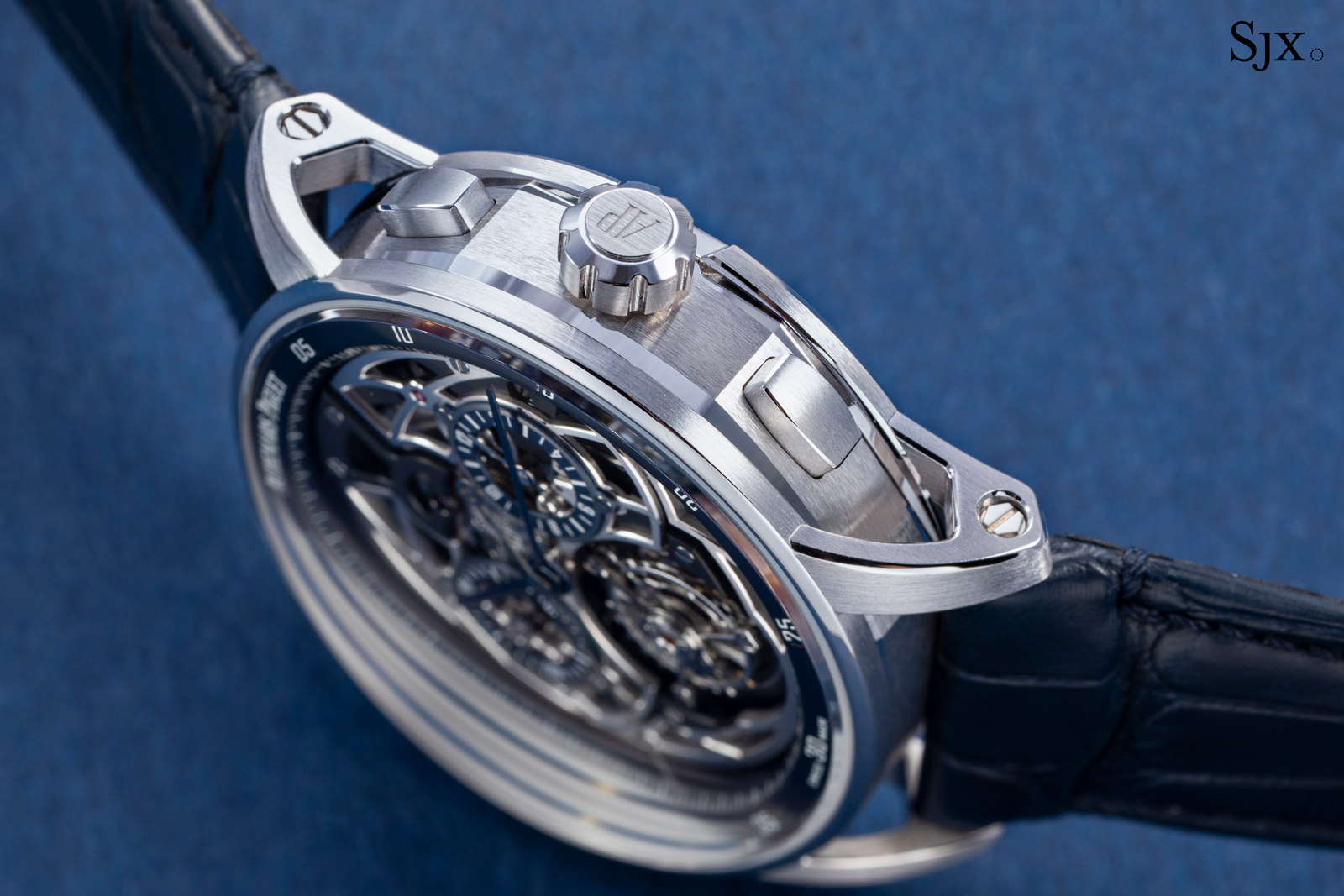
Even though the Code 11.59 appears somewhat sporty with its angular lines, it is almost a dress watch when set against the Royal Oak. The smoked dials in bright colours found on the simpler Code 11.59 models give them a lively, modern feel well suited to an era where formal dress is casual.
The colour palette is muted on the Tourbillon Chronograph, with dark blue contrasting against the rhodium-plated bridges and white gold case. But the simple look works well, highlighting the lines and details of the movement, making its complicated aesthetic seem streamlined.
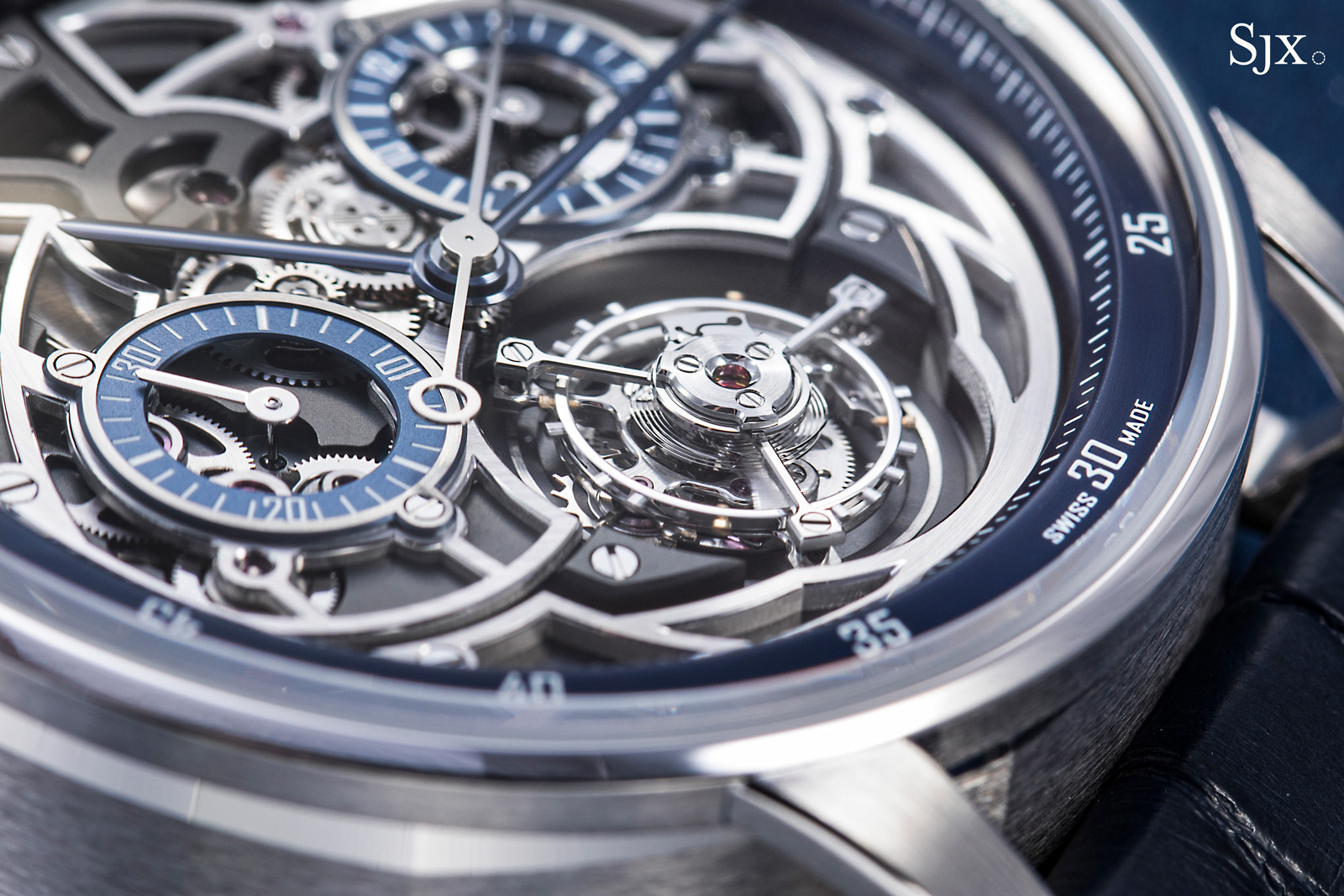
A surprisingly crucial element of the aesthetic is the restrained use of black coating on the movement. The dark movement parts create contrast, allowing the important, open-worked parts to shine, quite literally given the high level of finishing.
This use of contrasting colours is a subtle trick that enhances the clean, geometric style of the movement on the front. Its effect is evident when the watch is flipped – the parts visible on the back are entirely plated in rhodium, leaving it looking crowded.
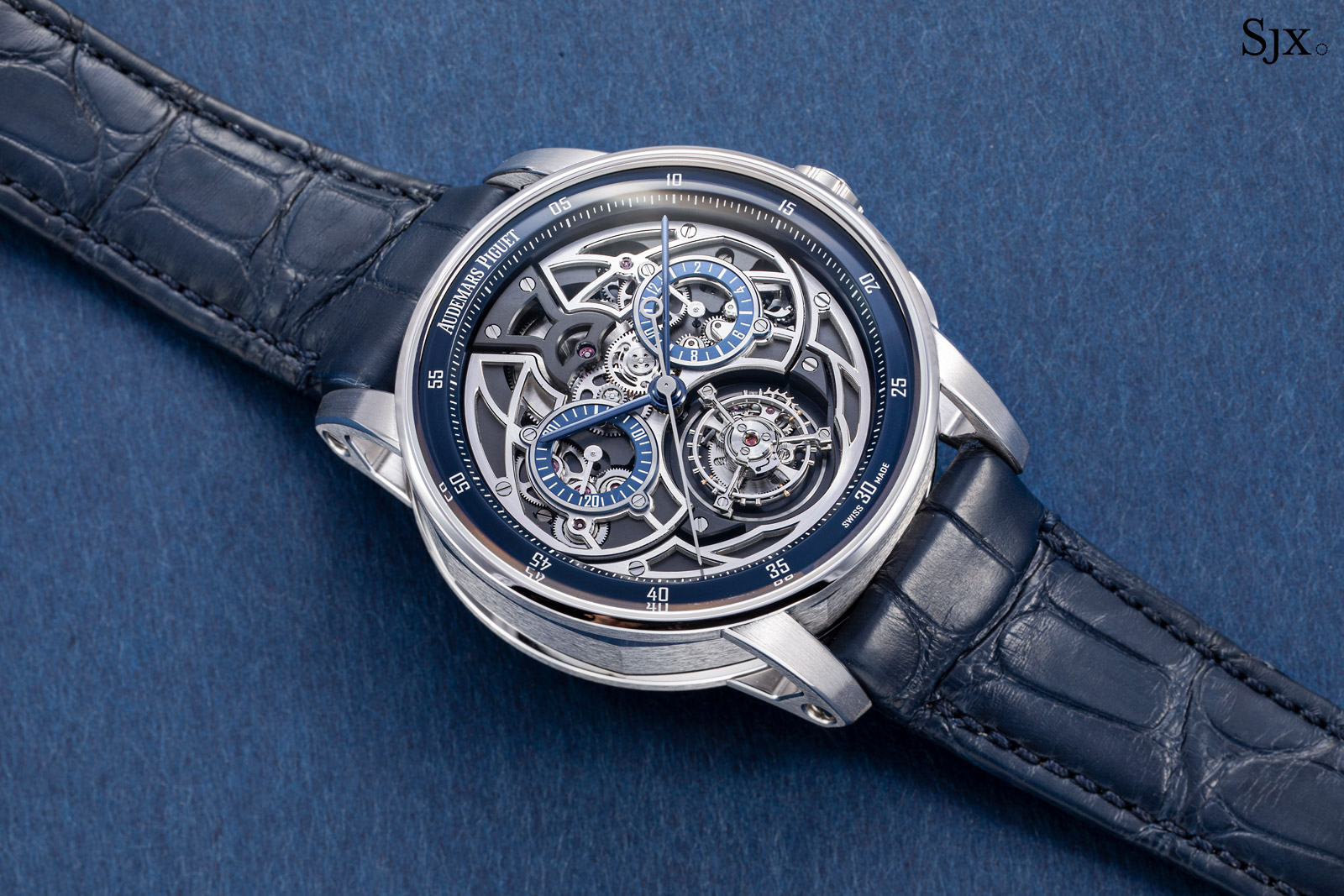
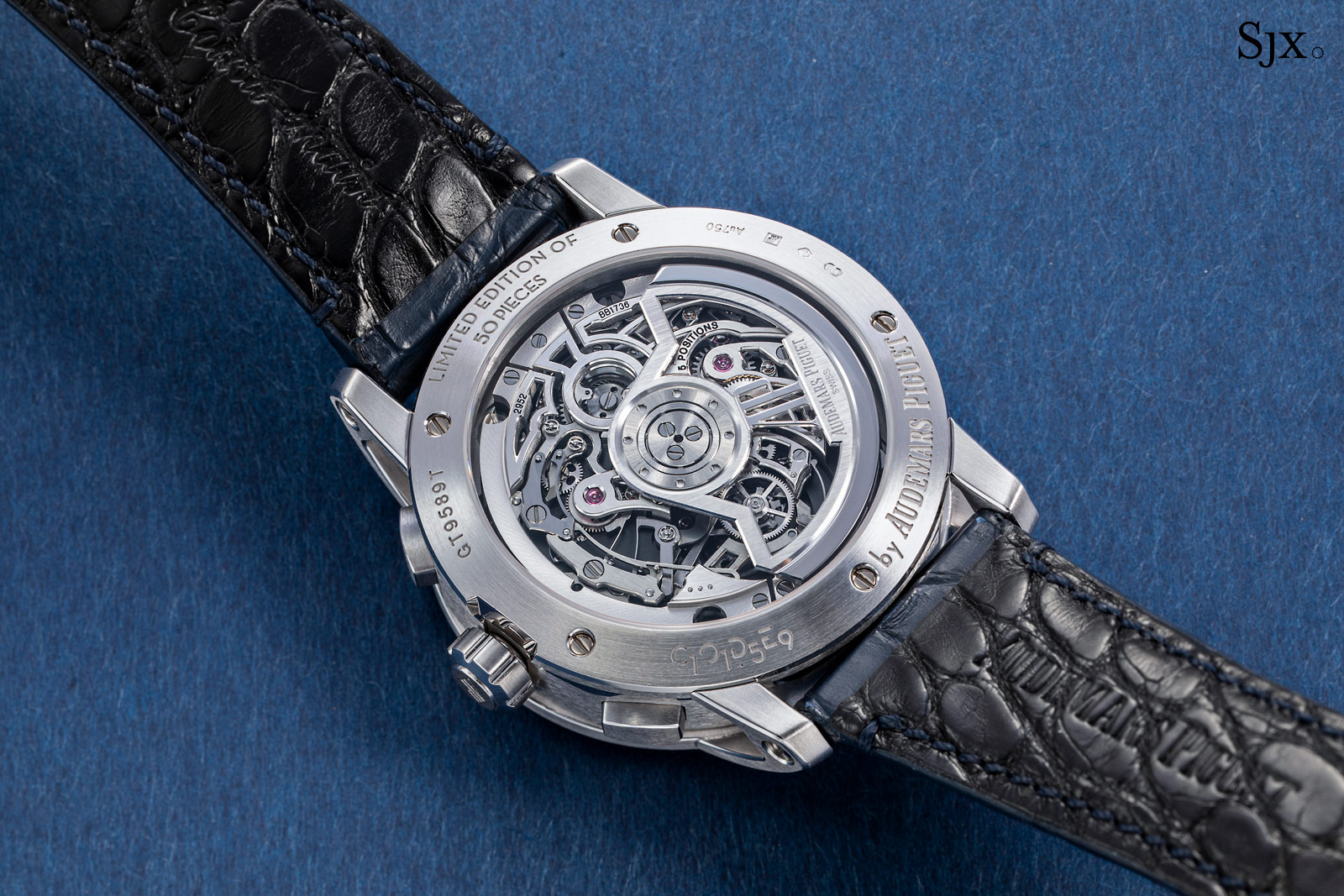
Tourbillon Chronograph
Inside the case is the cal. 2952, a smartly open-worked movement equipped with two high-end complications. It is derived from the cal. 2950 in the Royal Oak tourbillon, being almost identical save for the addition of the chronograph. Both are newly developed movements, with the cal. 2952 having made its debut in this Tourbillon Chronograph.
Artfully designed to be both symmetrical and sleek, the movement architecture is decidedly contemporary, standing in stark contrast with the Baroque style of skeletonisation popular in the late 20th century. At the heart of the movement is the flying tourbillon at six o’clock.
To recap, a tourbillon regulator relies on a rotating cage to continually spin the balance, which is thus in a constantly changing position, resulting in the averaging out of gravitational errors.
While usually perceived as complicated, the tourbillon functions on a simple principle: the going train drives the tourbillon cage, instead of the escape wheel as in a conventional movement. In a tourbillon, the escape wheel is instead placed between the cage and a stationary wheel underneath. As the cage rotates, it drags the pinion of escape wheel against the fixed wheel, causing the escape wheel to turn, which then causes the balance wheel to oscillate.
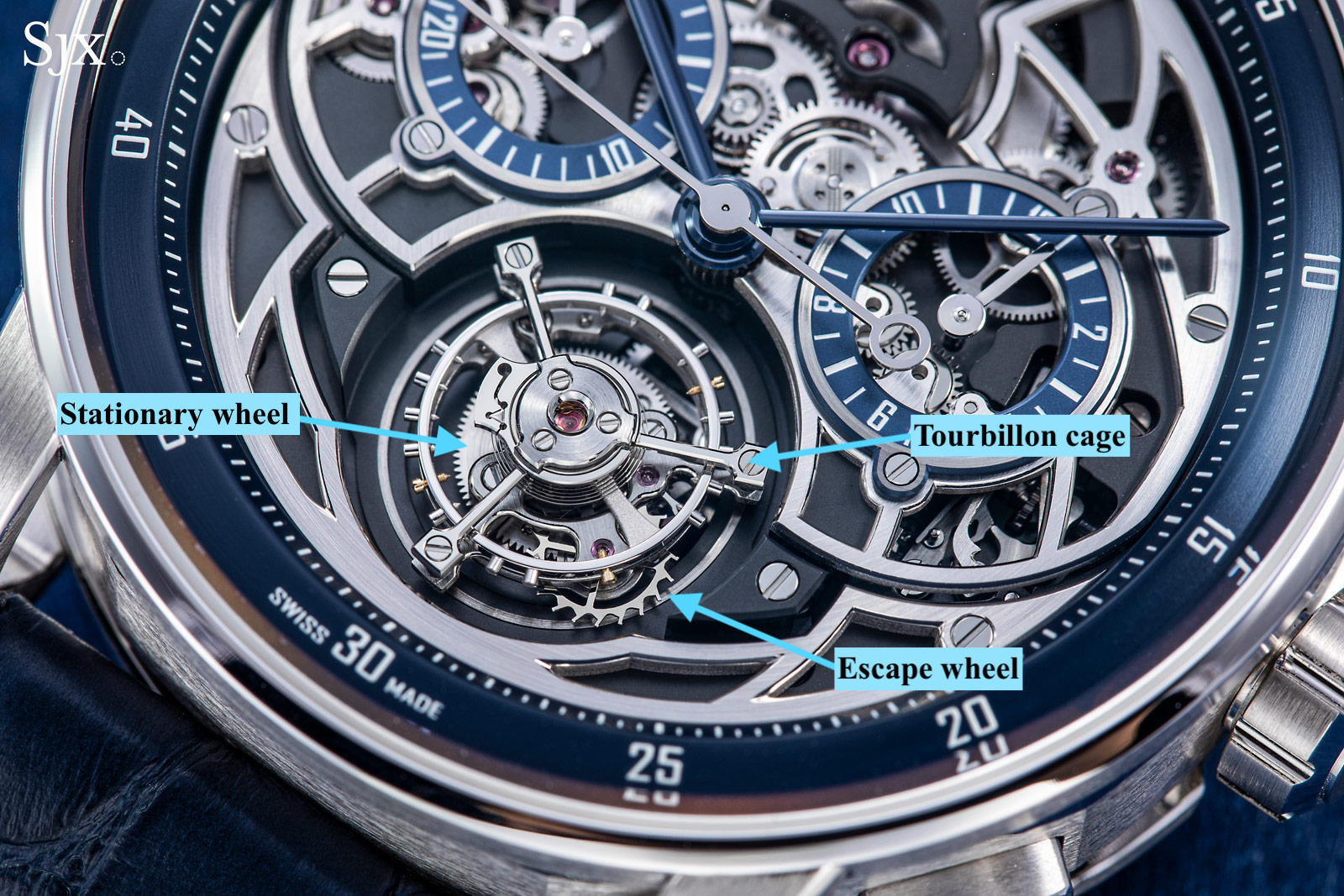
Flanked by large, symmetrical bridges, the tourbillon features the traditional three-armed cage found in all AP tourbillons. Here it seems particularly large and impressive, thanks to a few thoughtful design considerations.
For one, it is a flying tourbillon, which means that the tourbillon cage is supported only at its base, without a bridge on its top pivot, leaving it fully exposed for a clearer view. This contrasts with regular tourbillons that rotate underneath a bridge.
Less obvious, but more interesting is that fact that the cage is not obstructed by other gears. Most tourbillons will be partially obscured by the motion works, wheels at the centre of the dial that turn the hands.
In the cal. 2952, the motion works was designed to be comprised of small pinions, leaving nothing to interrupt the view of the tourbillon in its large aperture. It’s a thoughtful detail that’s easy to miss, but unmissable once you see it. (Also, the reduction gears for the motion have been relocated to the upper half of the dial in another interesting detail that will be explored in detail below.)
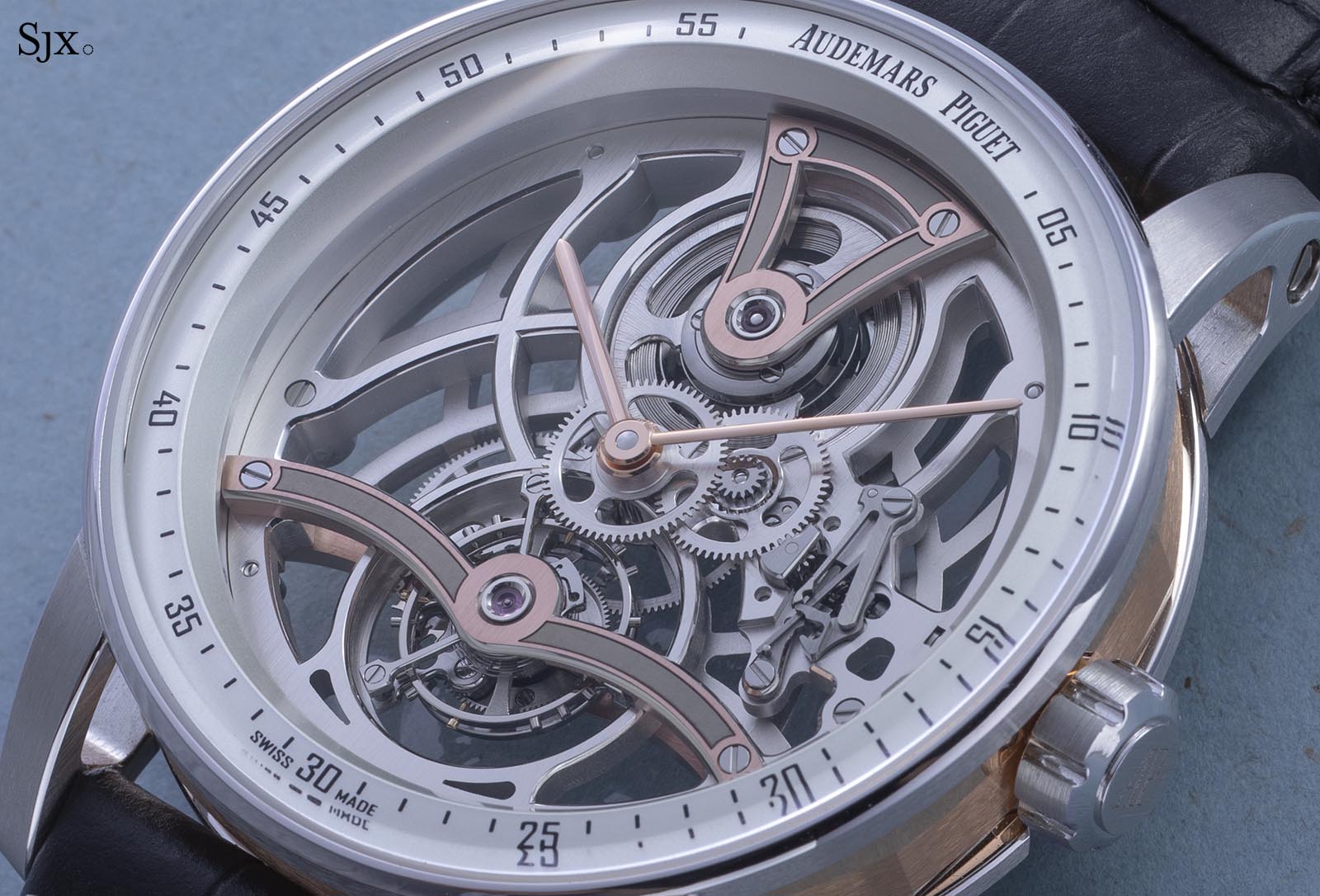
The Code 11.59 Tourbillon Openworked “Only Watch”, with its motion works below the hands that partially overlap the tourbillon cage
Importantly, timekeeping is enhanced with a free-sprung balance and overcoil hairspring, which together improve isochronism. That said, the beat rate of the balance is 21,600 vibrations per hour, conventional for a tourbillon and slightly slower than an ordinary movement, which means the oscillation of the balance requires less power. The lowered beat rate is necessary to compensate for the energy required to drive the tourbillon cage, such that the power reserve is still a respectable 60 hours.
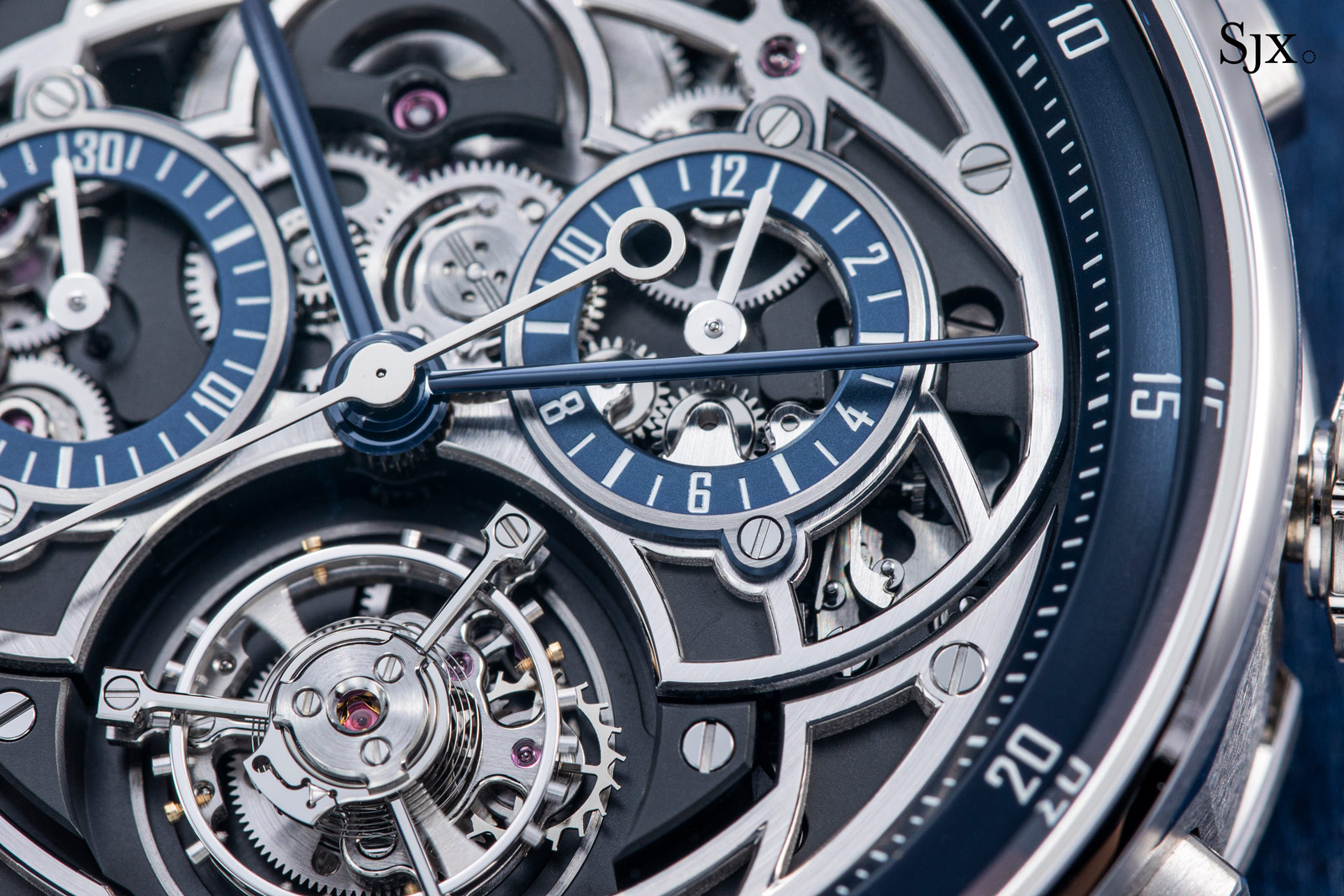
An interesting detail is the balance wheel, which has classical regulating screws on its outer rim. The silver screws are for poising the balance so that there are no heavy spots along the rim, while the gold weights are for adjusting the beat rate since the balance is free-sprung.
Most modern balance wheels have smooth rims with recessed weights to avoid air friction drag. Here the old-school balance weights contrast against the otherwise futuristic design. But the weights arguably adds a sense of delicate intricacy to its assembly, and serve as a reminder of traditional haute horlogerie.
At the same time, the balance appears to be the standard balance found in all AP tourbillon movements, so it is also a matter of reusing existing components. That also means it’s the same balance wheel found in most Richard Mille tourbillons, which are powered by movements made by AP complications subsidiary Audemars Piguet Renaud & Papi (APRP).
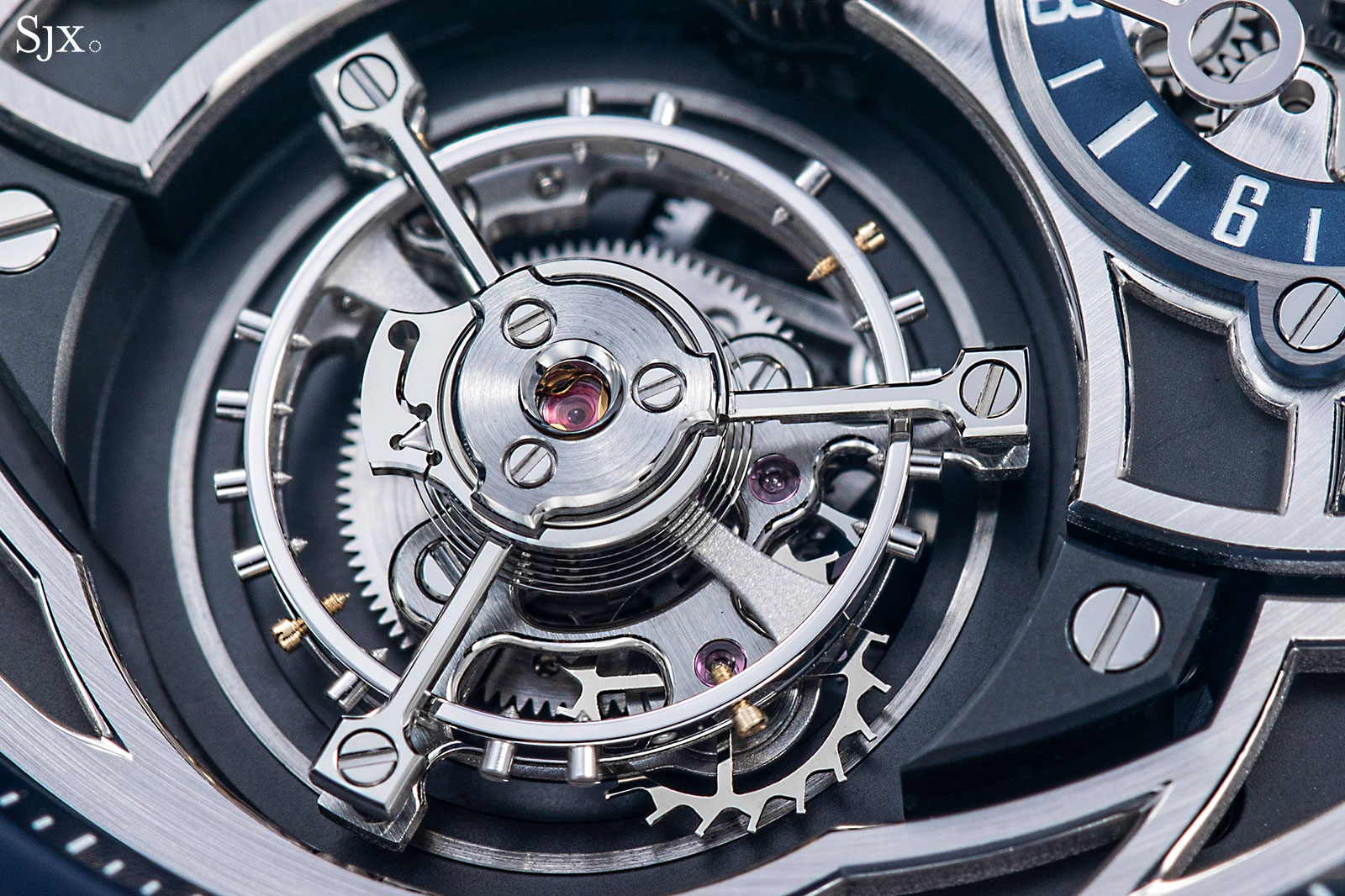
The balance with two types of screws
While the tourbillon is highlight in terms of its perceived value, the watch also features a flyback chronograph. The chronograph counters are rather small and sit quite high on the dial, slightly above the halfway mark, leaving space for the tourbillon.
The chronograph also echoes traditional details of the tourbillon. Despite the modern styling, the chronograph is notably classical in construction, with a horizontal clutch, column wheel, and flyback levers.
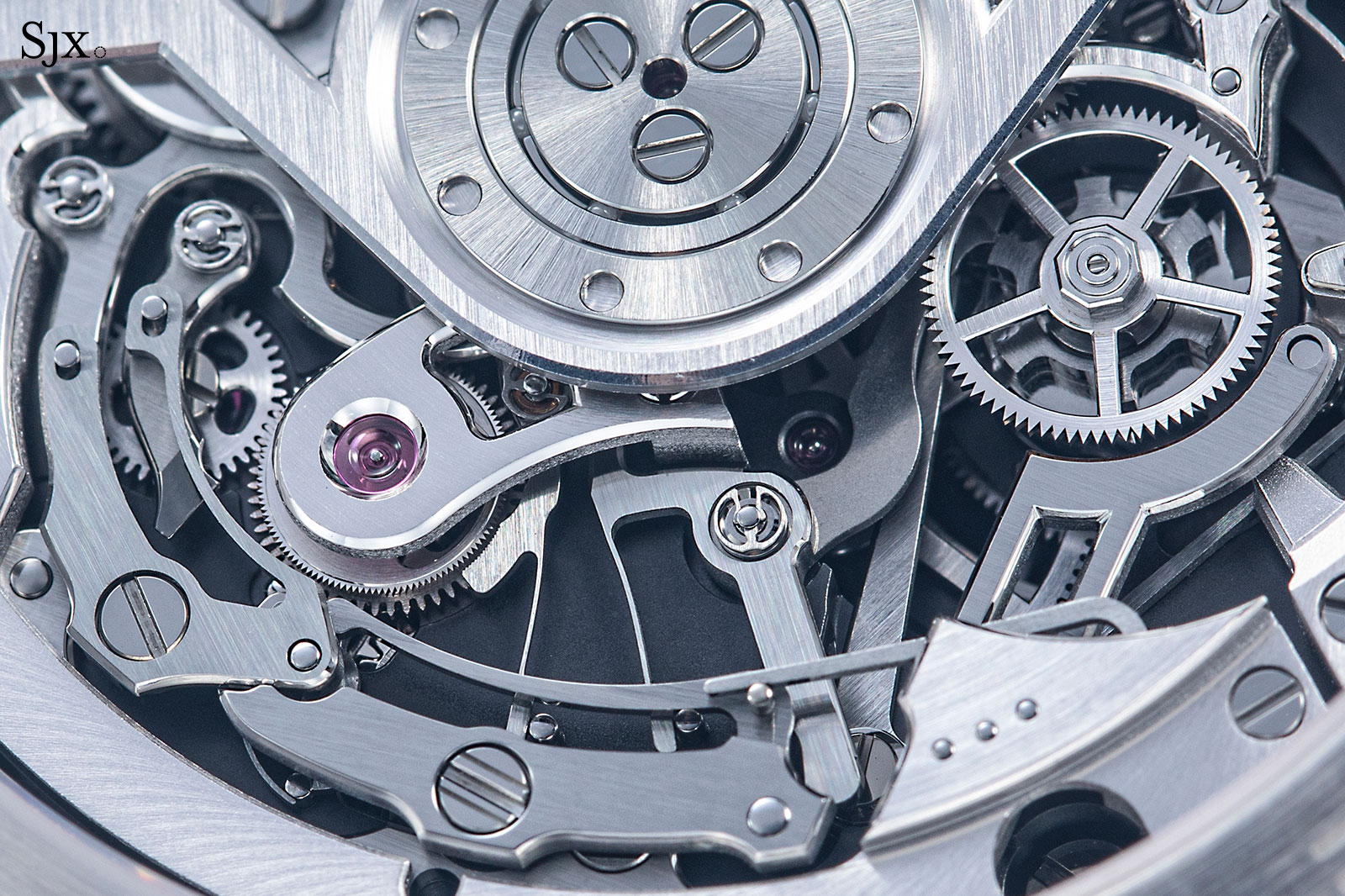
The relatively compact chronograph mechanism
An interesting element of the chronograph is the location of the column wheel. Sitting coaxially with the pivot of the tourbillon cage, the column wheel is sandwiched between the cage and the chronograph-seconds wheel at six o’clock – an uncommon, and perhaps unique configuration.
A possible explanation for this is the fact that the foundations of the movement were designed to be suitable for a tourbillon-only calibre as the cal. 2950, so the chronograph had to be integrated in such a way that leaving it out would not upset the aesthetics or layout.
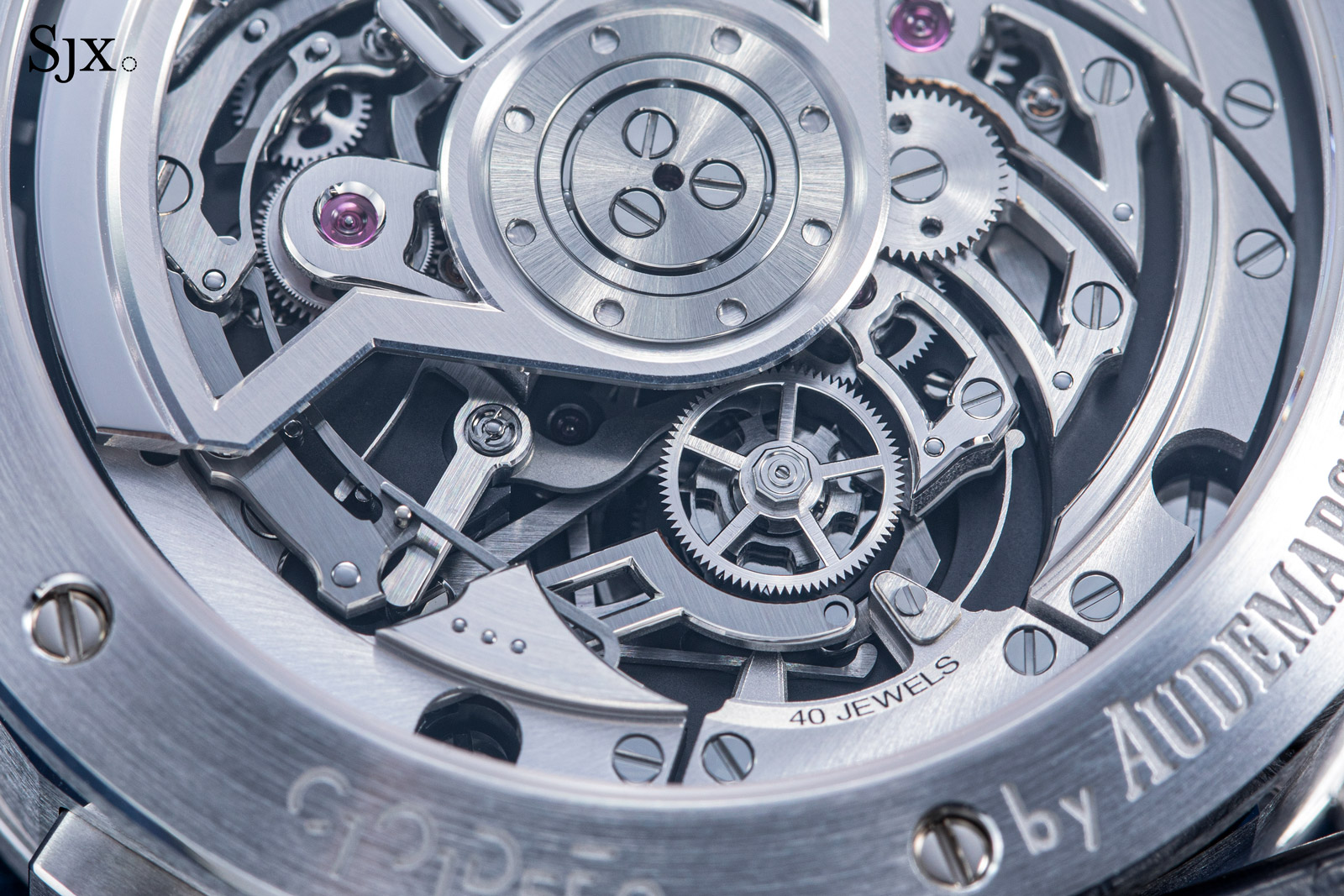
Fabricated by CNC milling, the column wheel is relatively flat and wide, which should result in a robust chronograph mechanism. It has a circular brushed finish that matches the rest of the movement.
This contrasts with traditional column wheels that tend to be taller, with delicate, narrow pillars. Traditional column wheels are usually black polished, a finish that works best with traditional chronograph designs.

The column wheel visible under the chronograph wheel
Fun tech
While the cal. 2952 has a novel construction, with its symmetrical layout and sharp colours, it boasts more surprises. Thanks to the input from my colleague Richard Lee, I uncovered several more interesting details.
The motion works that drive the hands were relocated to the upper half of the dial, leaving no large wheels to obstruct the view of the tourbillon cage. It’s a clever use of otherwise empty space, since there are only two chronograph counters at three and nine o’clock..
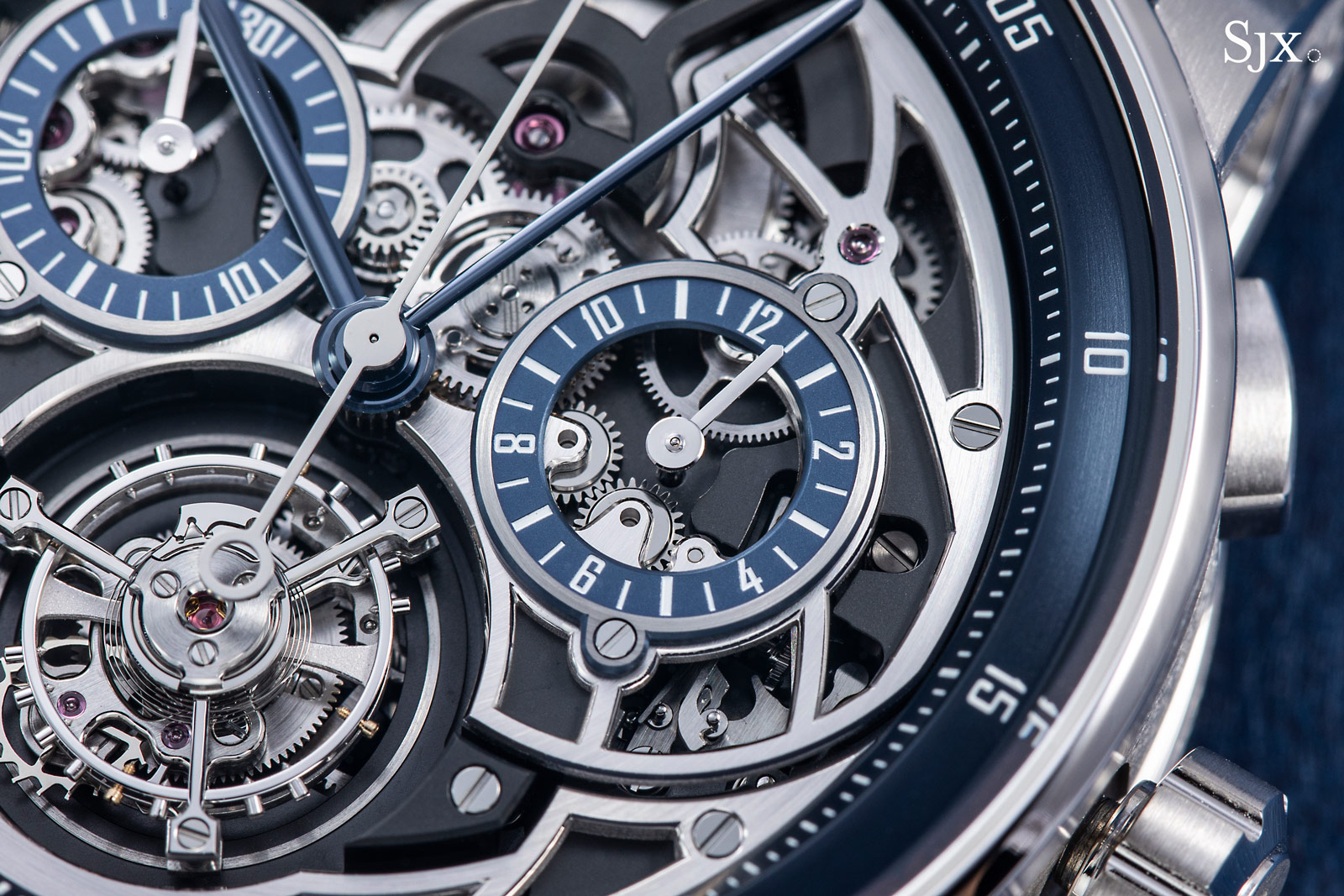
The rearranged motion works presented an opportunity for AP’s movement engineers to incorporate a feature that tangibly improves the user experience. It is occasionally difficult to precisely set the hour and minute hands in some watches, due to “play” or backlash between the gears of the motion works that arise from gaps between the meshing teeth.
To alleviate this issue, the cal. 2952 has an anti-backlash gear within the motion works. It consists of two stacked gears that function as a single gear. The two freely rotate between each other but are tensioned together via springs within their spokes, which widens the effective tooth profile of the combined gear and fills any gaps of during meshing. As a result, the combined gears mesh tightly, eliminating “play” between the gears, allowing more precise time setting.
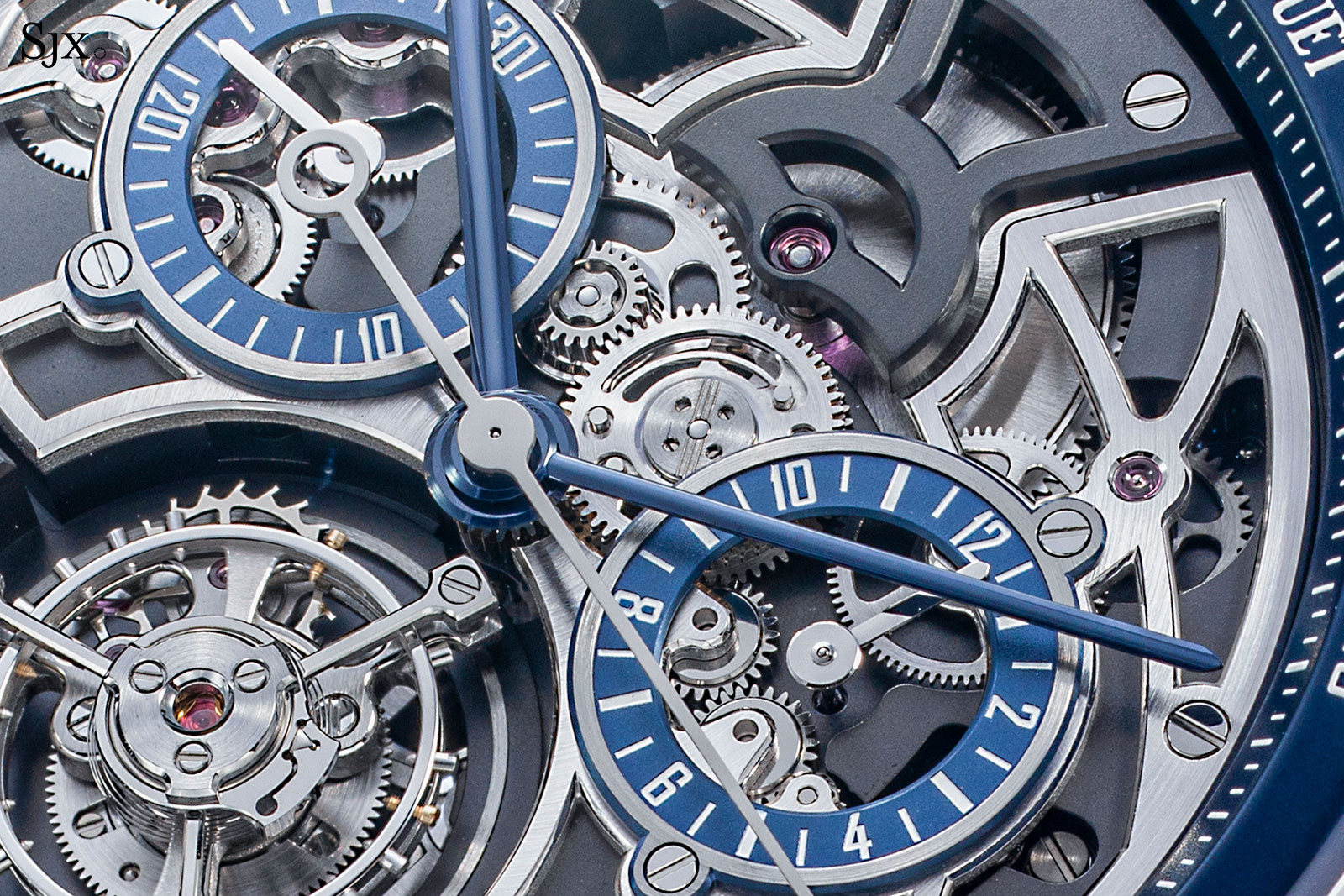
The stacked, anti-backlash gears are visible just beside the 12-hour register
Another discreet but impressive detail is the barrel ratchet that’s partially visible on the back. It features a winding click historically found in grande sonnerie movements made up of two fingers against a toothed wheel, which is why it’s known as a grande sonnerie-style click. Like the screwed balance, this is a detail that evokes traditional haute horlogerie.

The grand sonnerie-style winding click
Excellent architecture and finishing
In an open-dial watch such as the Tourbillon Chronograph, the architecture of a movement is crucial to the its appearance. So the cal. 2952 benefits from the fact that it is a recently developed calibre that was clearly conceived to be skeletonised.
To illustrate the point, compare the cal. 2952 to the cal. 3132 in the Royal Oak Double Balance Wheel. The latter movement is an open-worked version of the workhorse cal. 3130 found in many three-hand Royal Oaks, which explains the intricate yet haphazard form of the bridges. The open-working on the cal. 3132 has no overarching theme or motif, with the only purpose being to remove as much material as possible – very much the traditional conception of a skeleton watch.
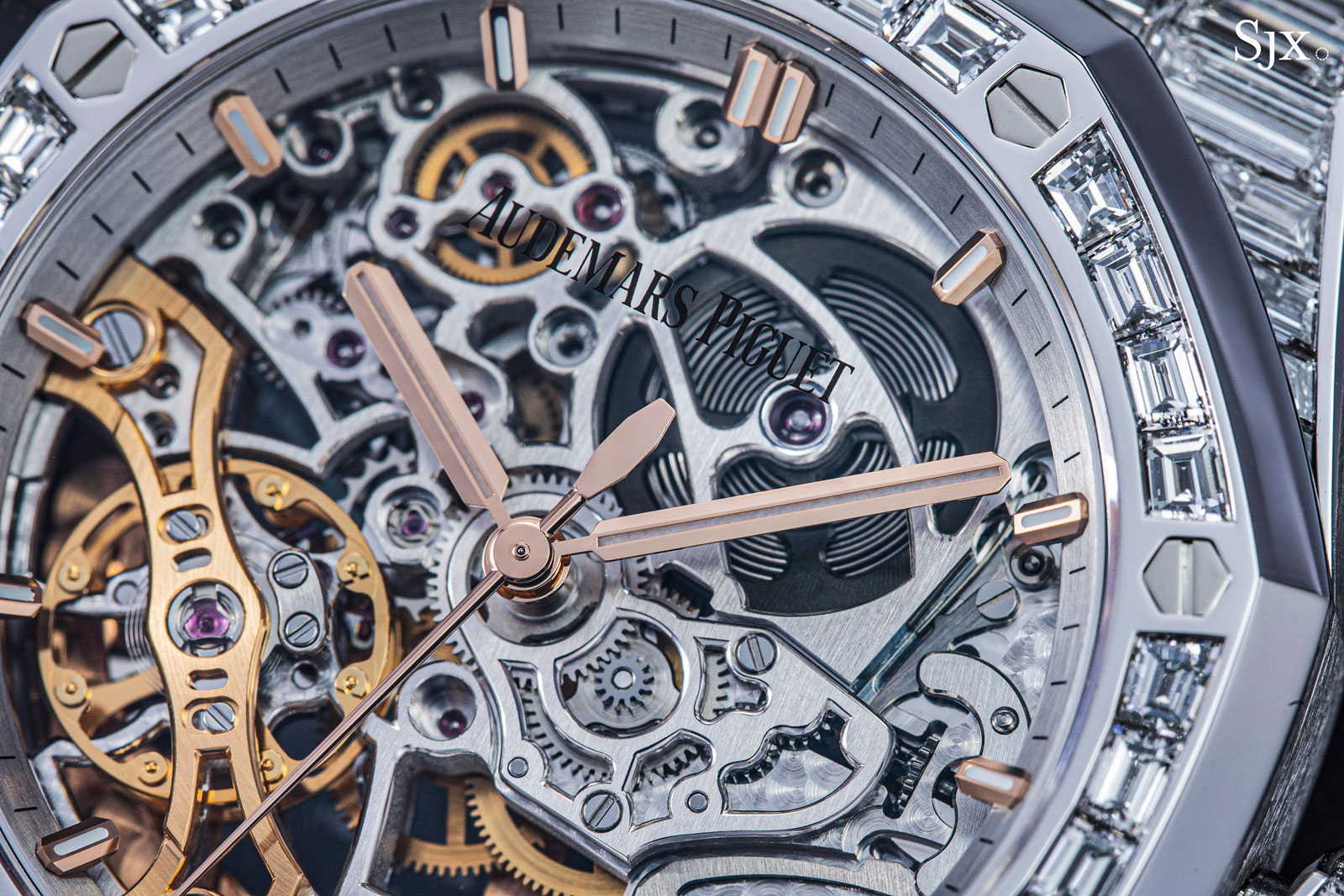
The cal. 3132
The cal. 2952 distinguishes itself with a more considered layout on the dial. Not only are the bridges nearly symmetrical, but each part is skeletonised to create with strong, flowing lines instead of meandering lines of traditional skeleton movements.
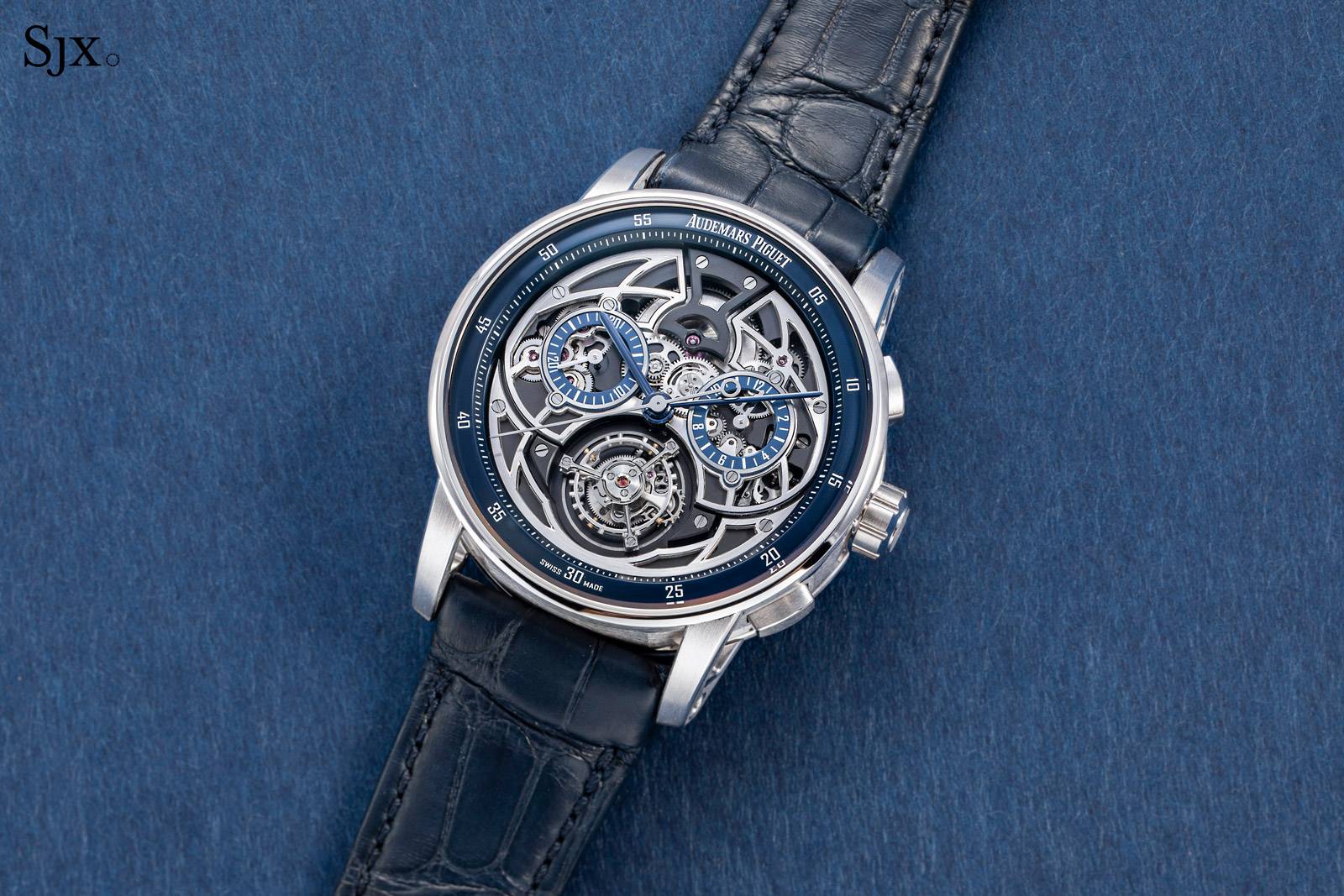
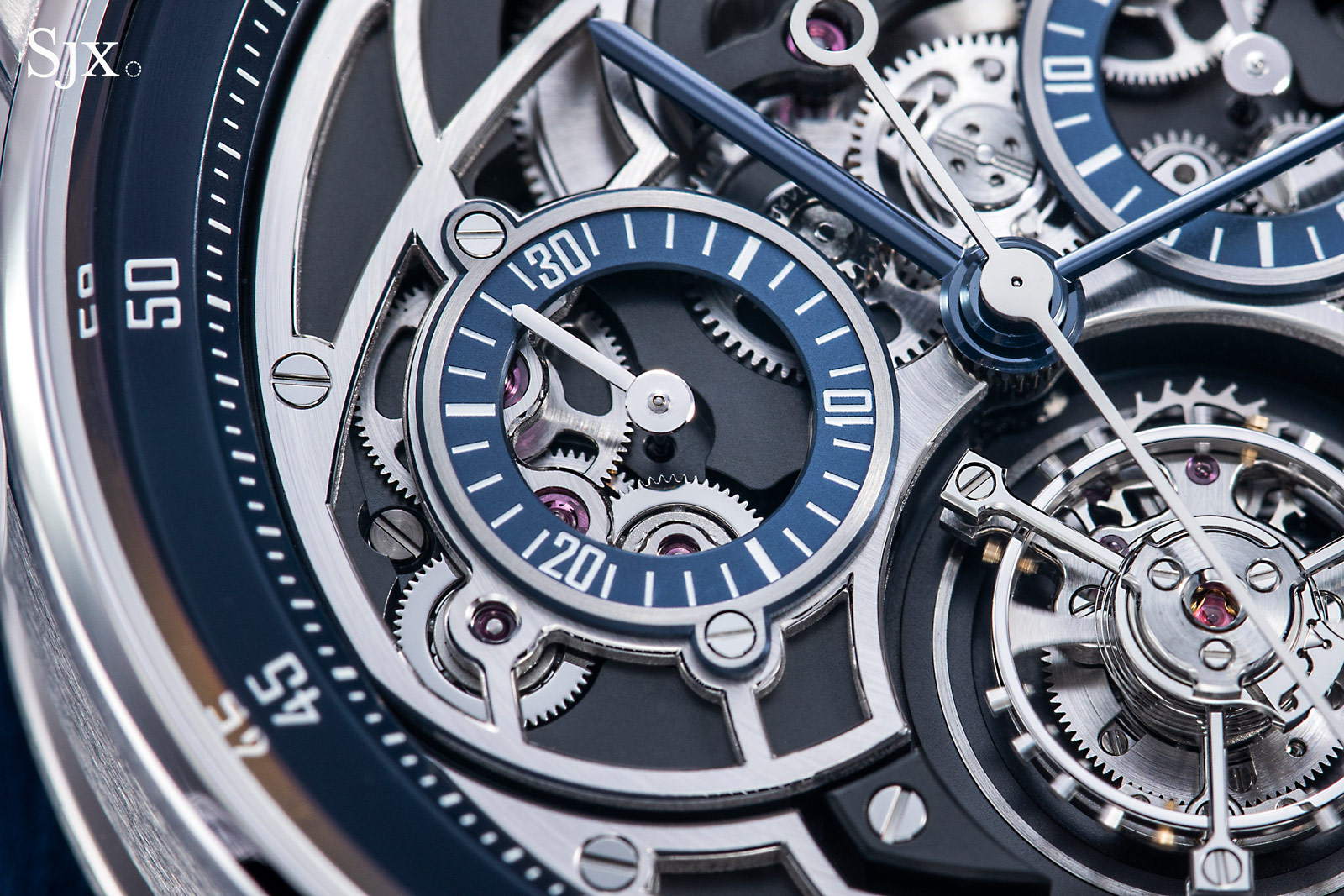
But more importantly, the finishing of the cal. 2952 makes it clear this is a top-of-the-line movement.
Most entry-level AP watches, such as the time-only Royal Oak or Code 11.59, are equipped with movements that are predominantly finished by machines. The bevelling in such movements, for instance, is milled with a CNC machine, an automated technique that APRP was one of the first to use but now an industry norm.
The cal. 2952, on the other hand, is finished with traditional methods. The bevels of the bridges are giving a final polish with sticks made of Gentian, a soft wood native to the Vallee de Joux, creating mirror-finished bevels with rounded surfaces. Because the bridges are skeletonised, they incorporate numerous bevelled edges with well-defined anglage on both the outer and inner edges.
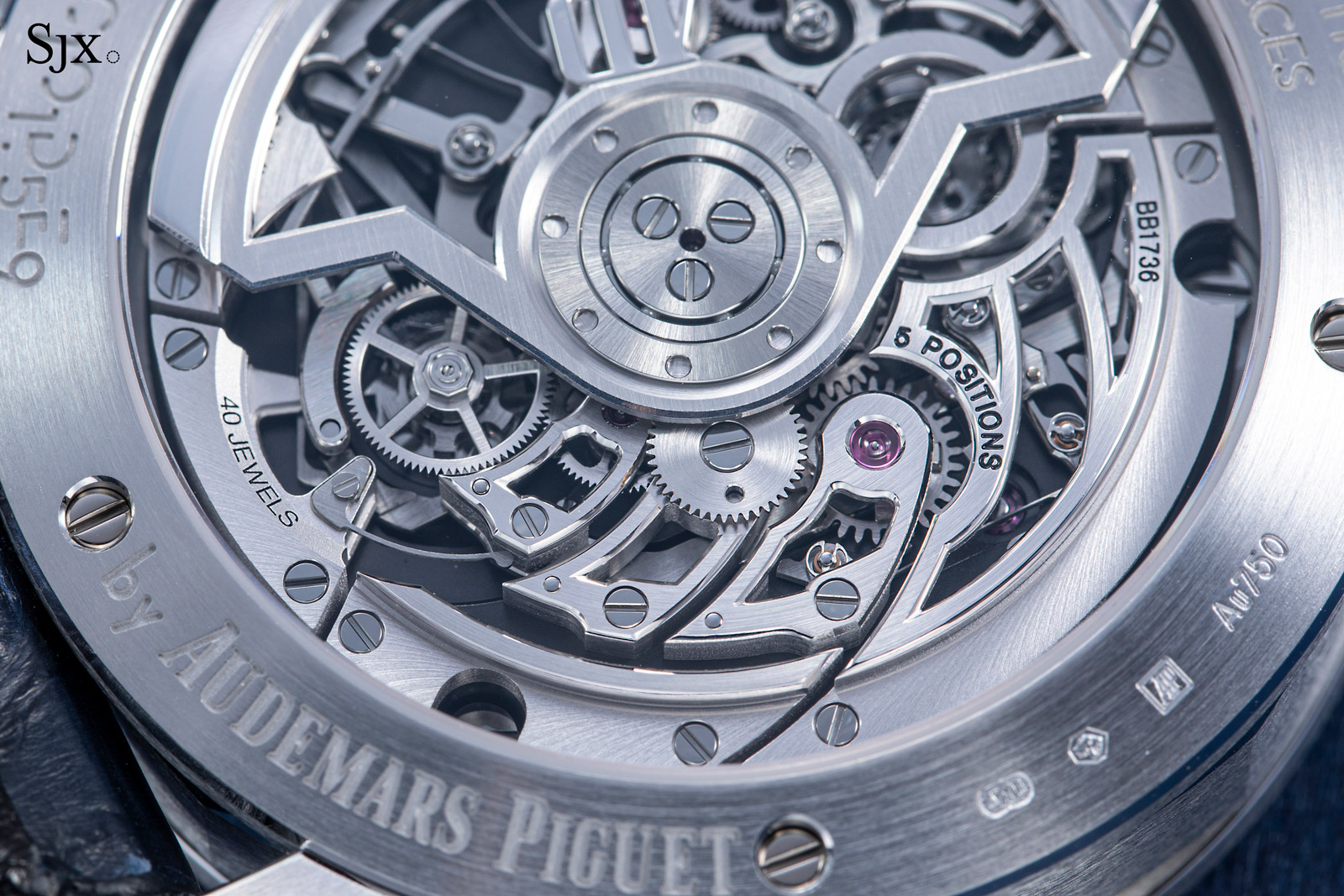
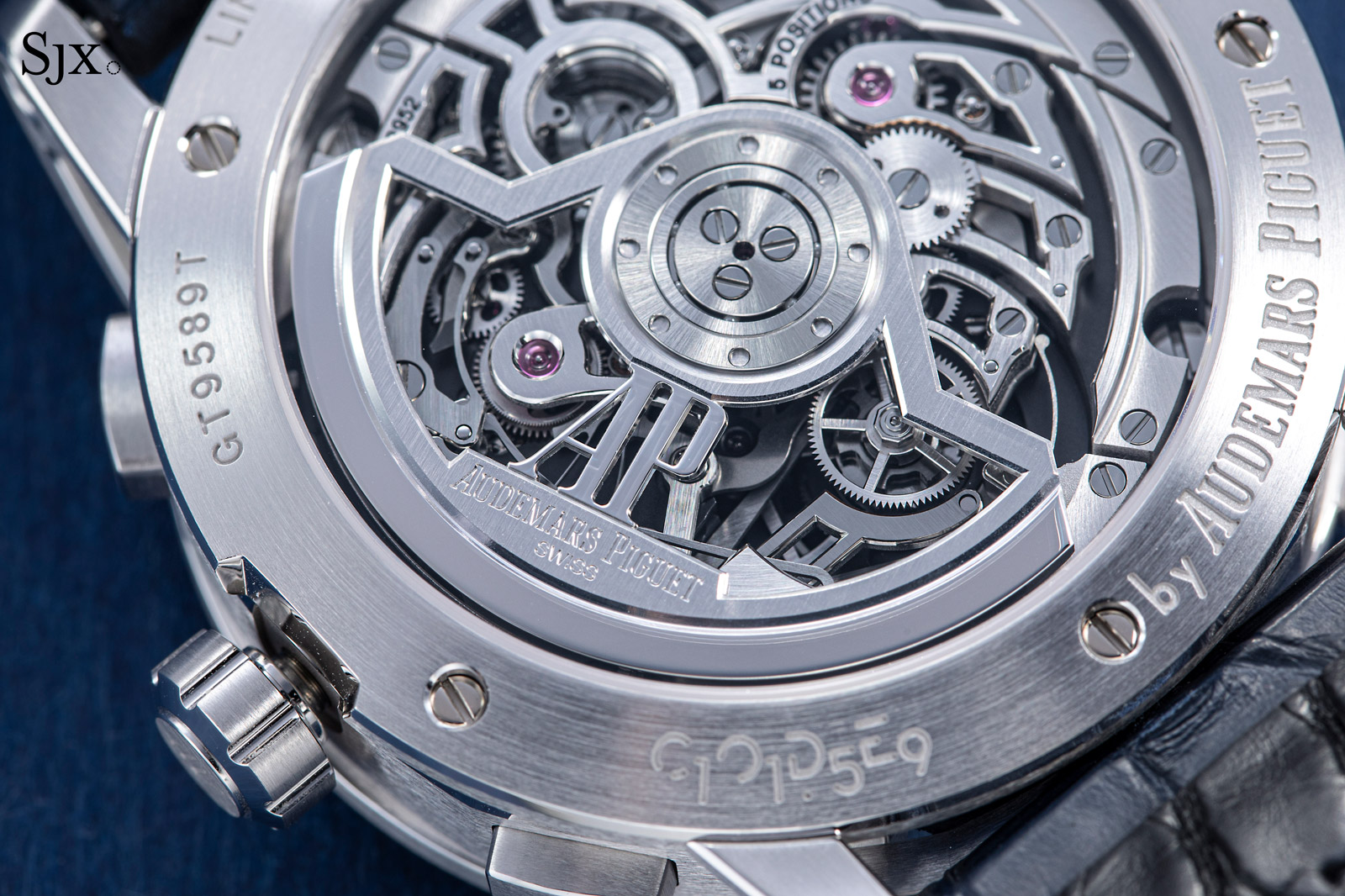
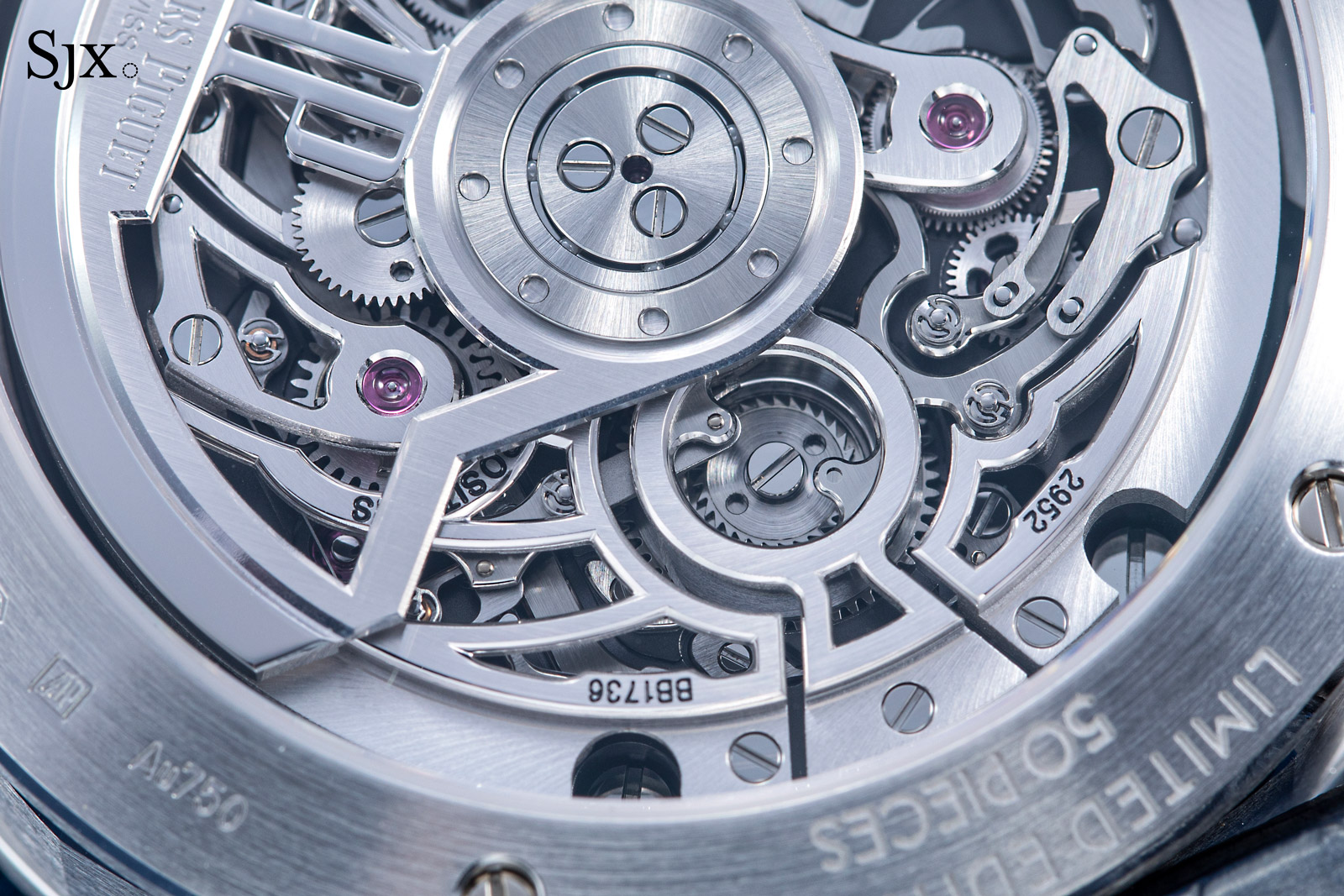
Notably, the skeletonisation means extra intersecting lines on the bridges, creating many interior angles along their edges. AP has capitalised on that, lavishing the bridges with many sharp, inward angles, particularly on the front, showing off its skills in artisanal finishing.
That said, not all of the inward angles on the bridges are sharply defined on the back, which is forgivable given everything is executed so well in the movement.
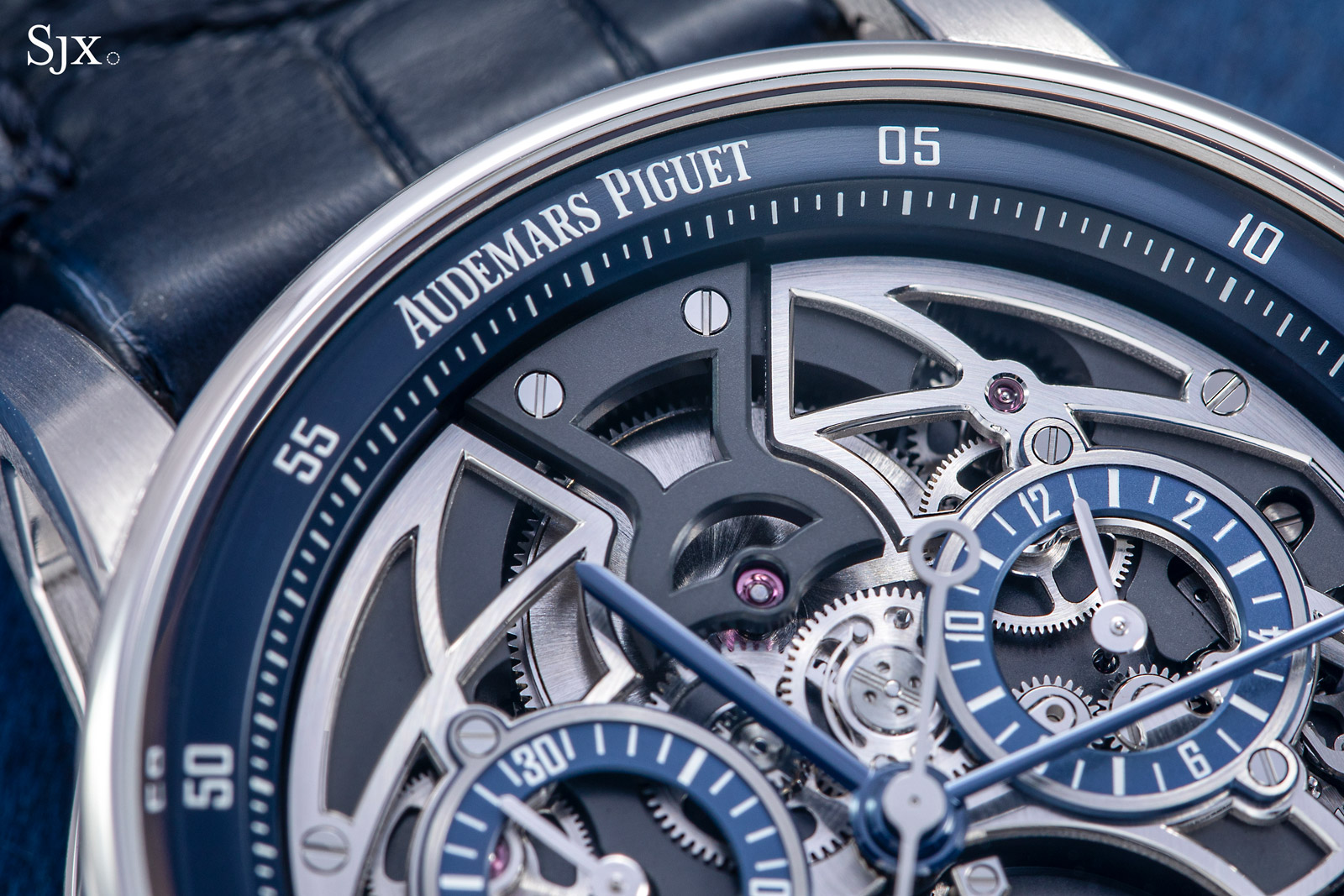
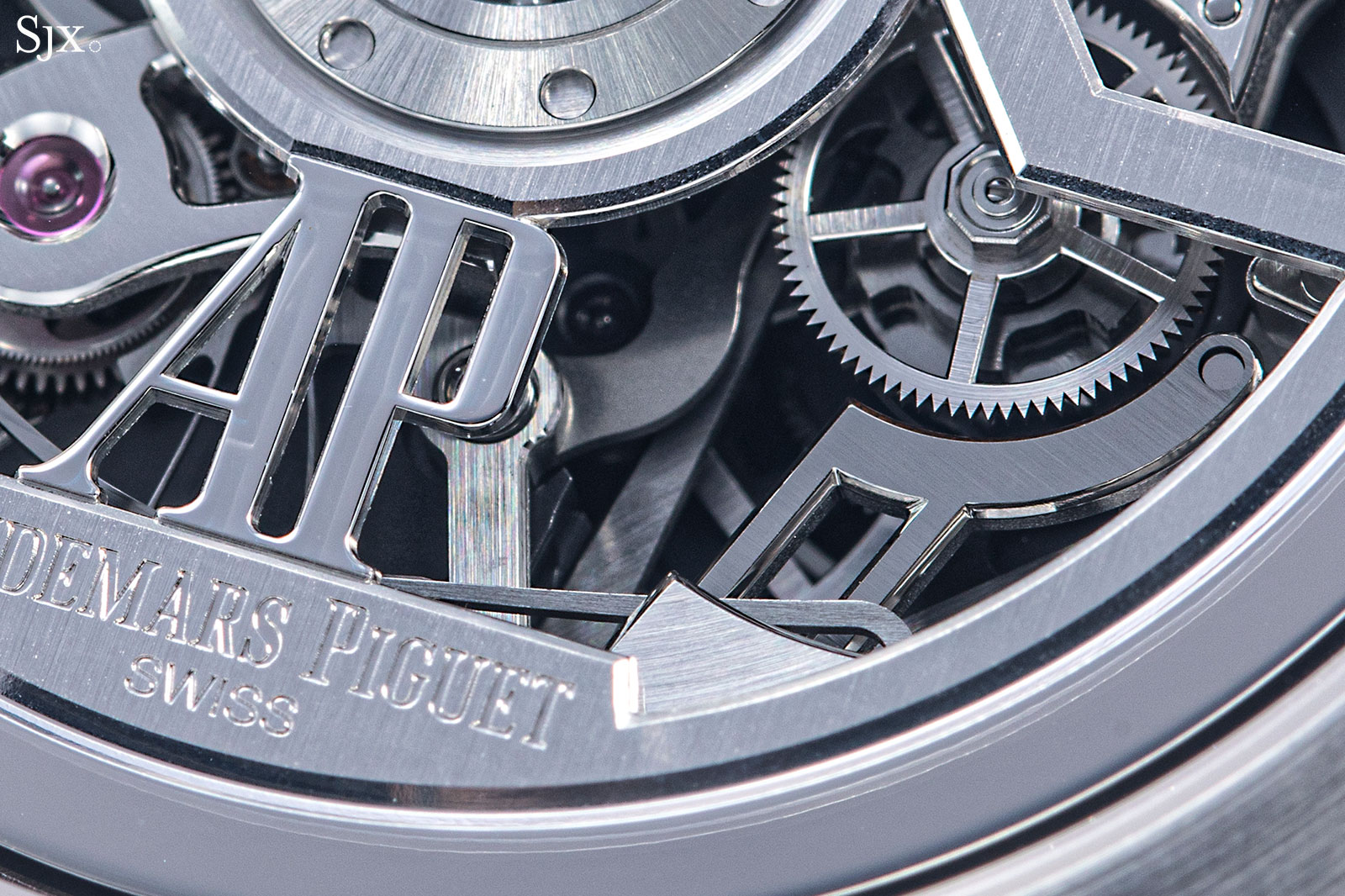

While the hand-finished anglage is a sight to behold, the straight graining on the tops of the bridges is not to be ignored. The simple finish helps bring out the polished bevels, a useful contrast given the monochromatic colours of the movement.
Nearly all the bridges receive such treatment, as do the steel chronograph levers, turning the entire movement into a sea of brushed metal.
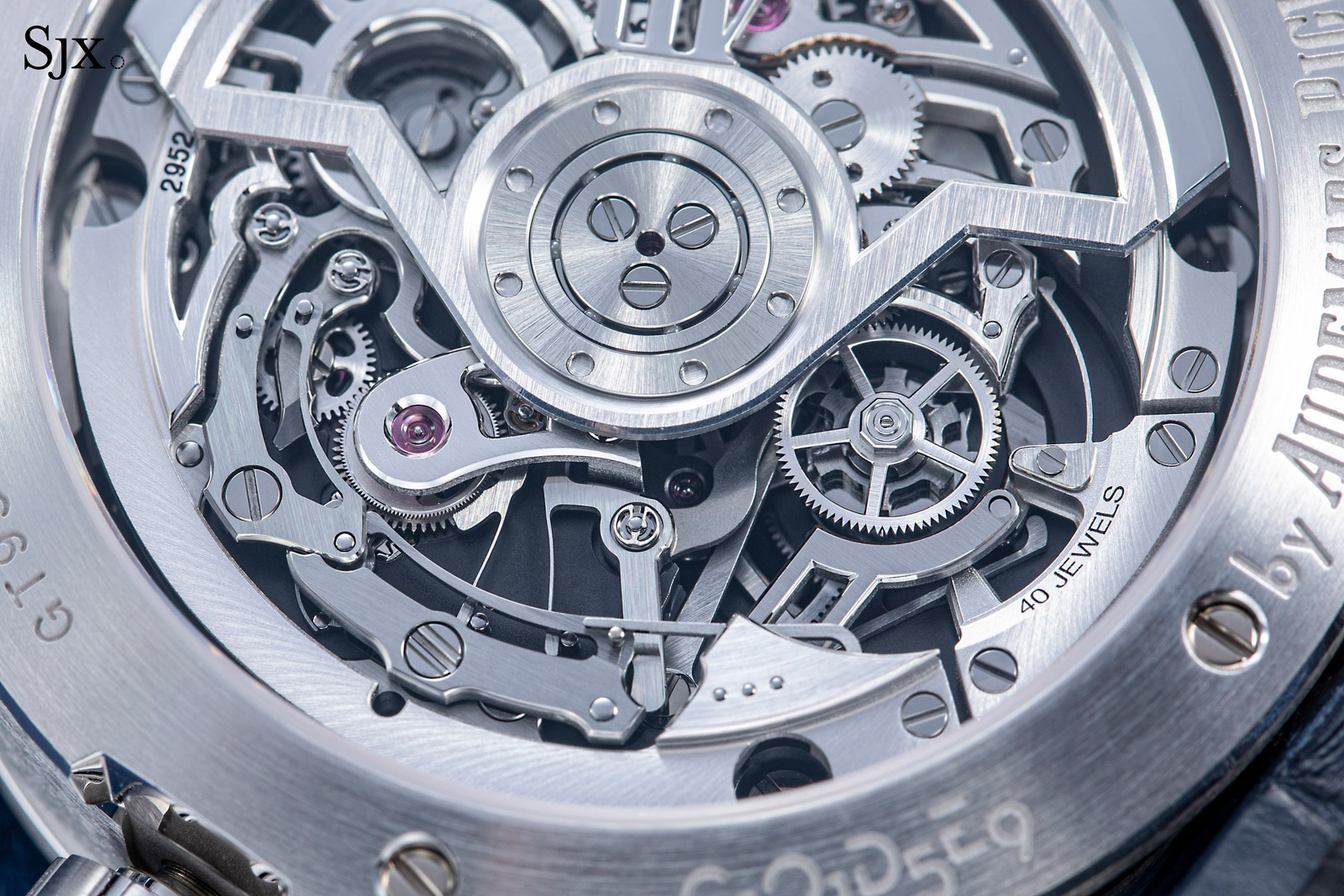
Conclusion
The flagship Code 11.59 model is another example of AP elevating the line to be a serious contender, despite the criticisms of the design. It certainly bodes well for the model range.
With its thoughtful engineering and excellent finishing, the Code 11.59 Tourbillon Chronograph is an impressive watch inside and out that showcases AP’s technical prowess. The attention to detail in its construction is especially noteworthy, especially the elements that improve functionality and user experience like the anti-backlash wheels on the motion works.
Key Facts and Price
Audemars Piguet Code 11.59 Selfwinding Flying Tourbillon Chronograph
Ref. 26399BC.OO.D321CR.01
Case diameter: 41 mm
Height: 13.75 mm
Material: 18k white gold
Water resistance: 30 m
Movement: Cal. 2952
Functions: Hours, minutes, centre seconds, flying tourbillon, and flyback chronograph
Frequency: 21,600 beats per hour (3 Hz)
Winding: Automatic
Power reserve: 60 hours
Strap: Alligator with folding clasp
Availability: Only at Audemars Piguet boutiques
Limited Edition: 50 pieces
Price: CHF 240,000
For more, visit audemarspiguet.com
Back to top.

